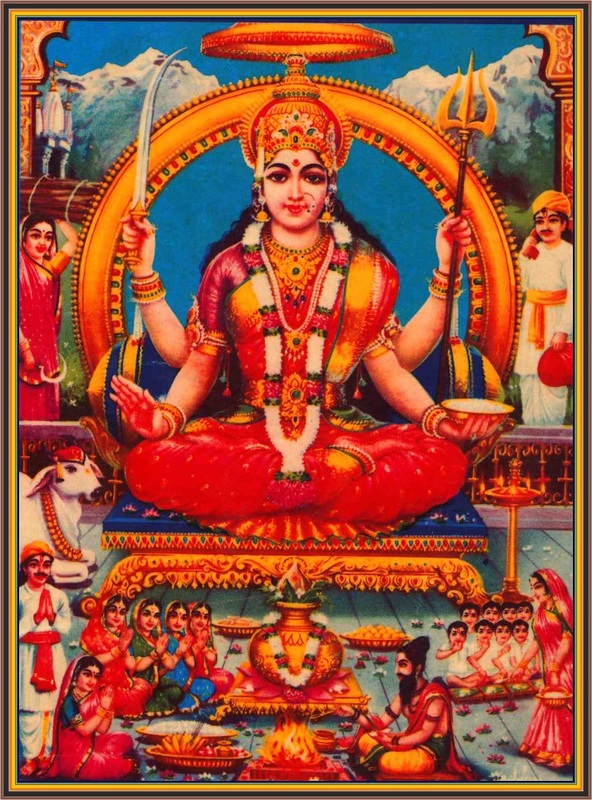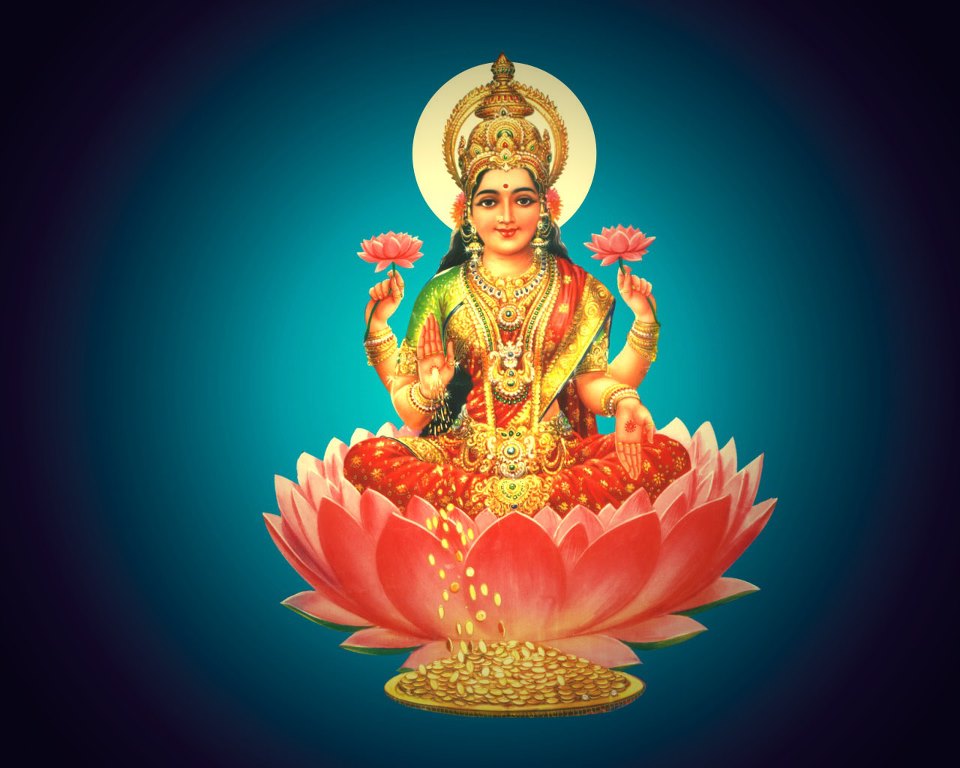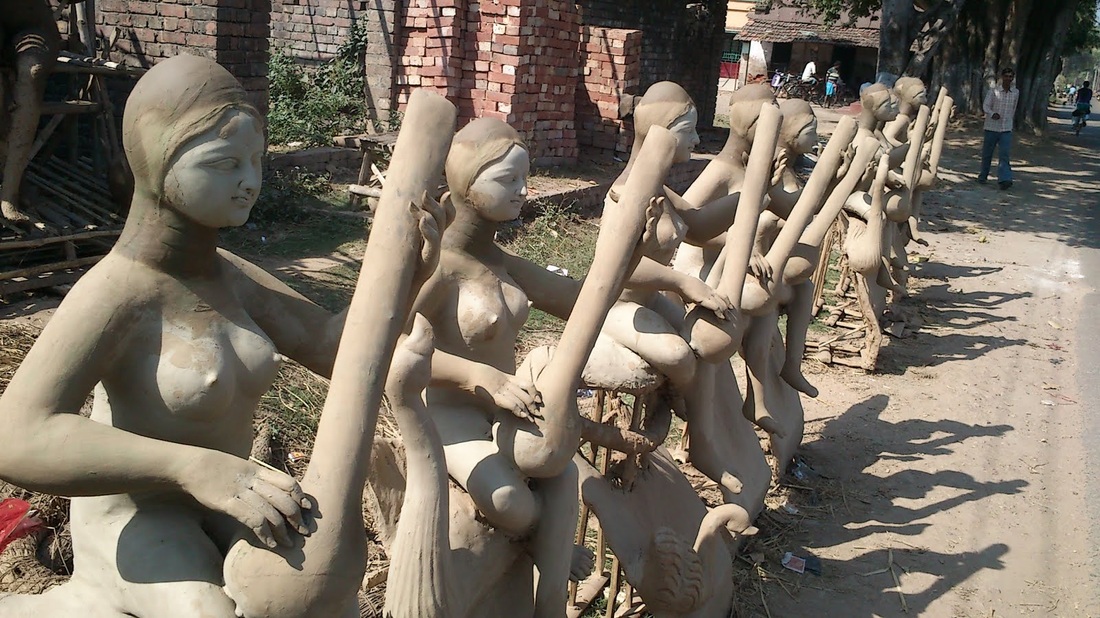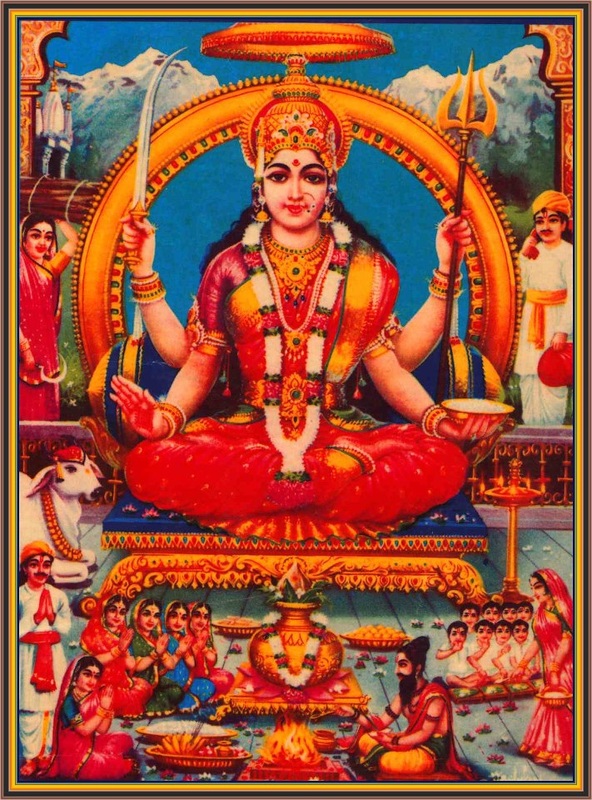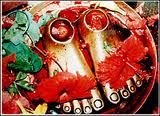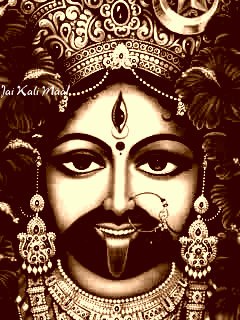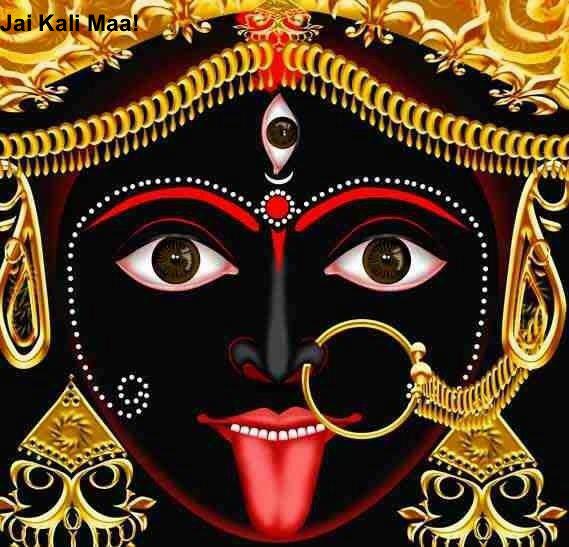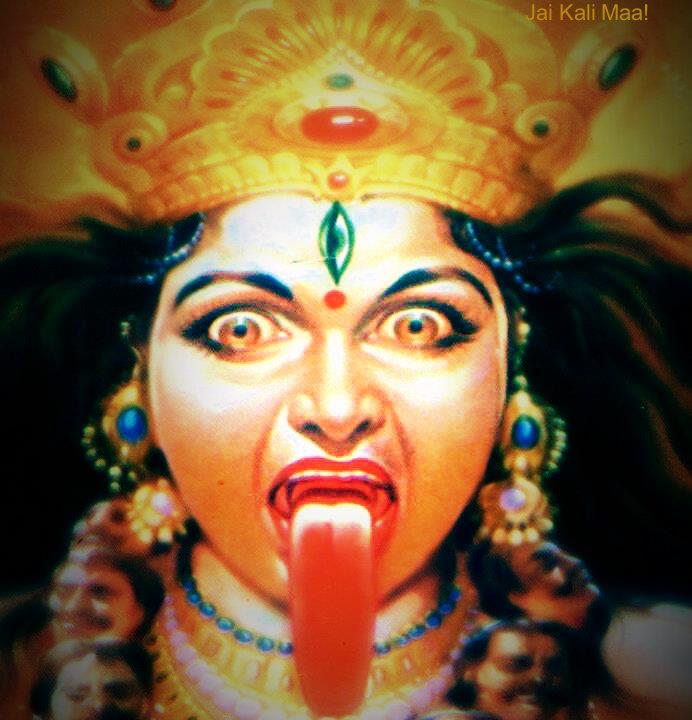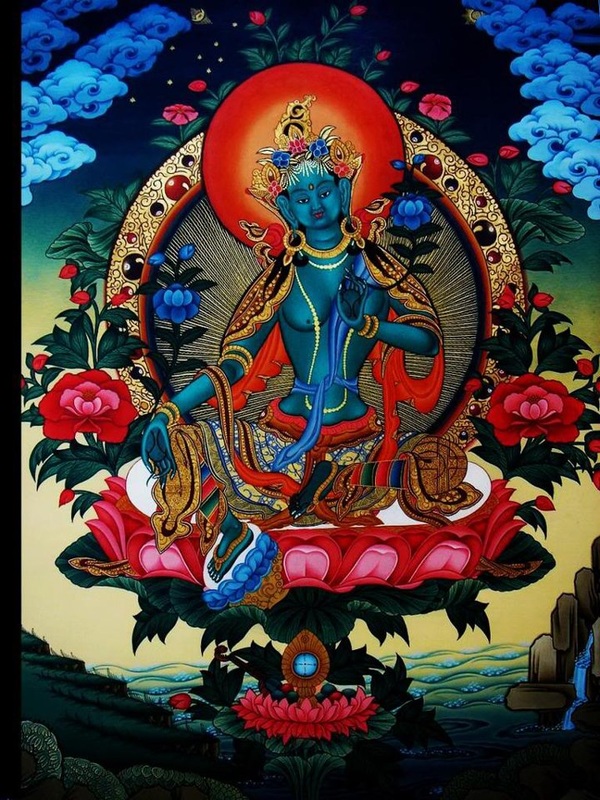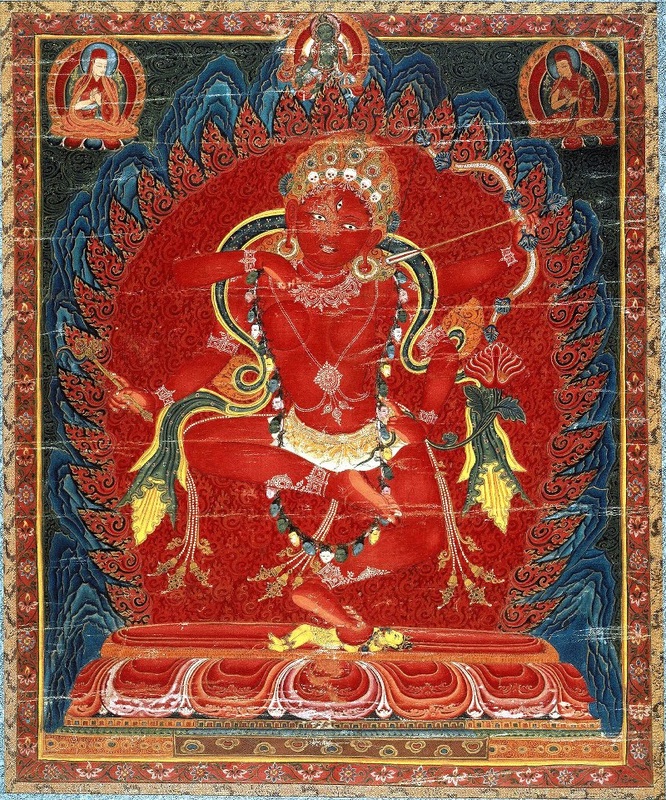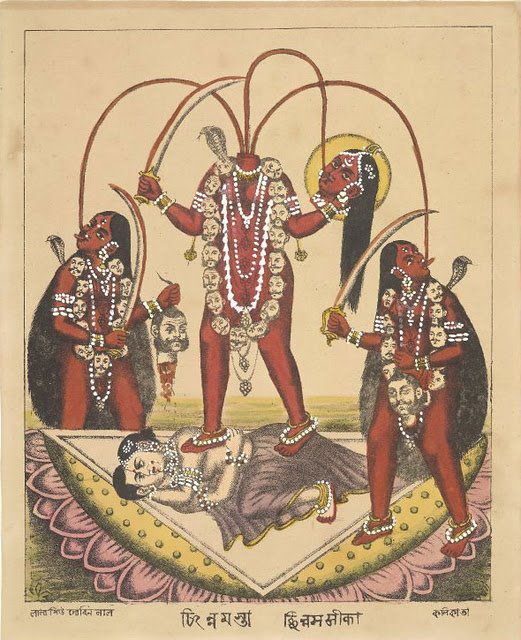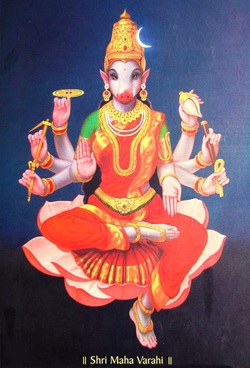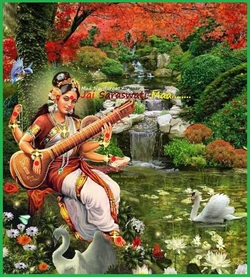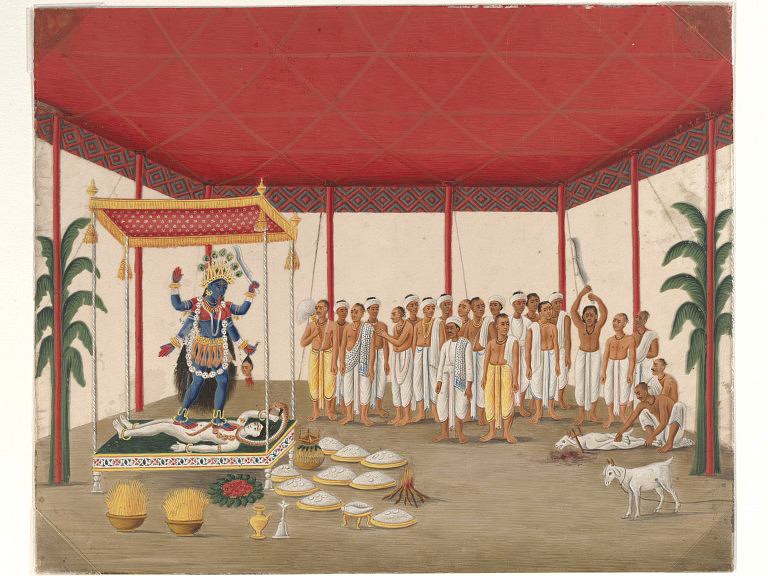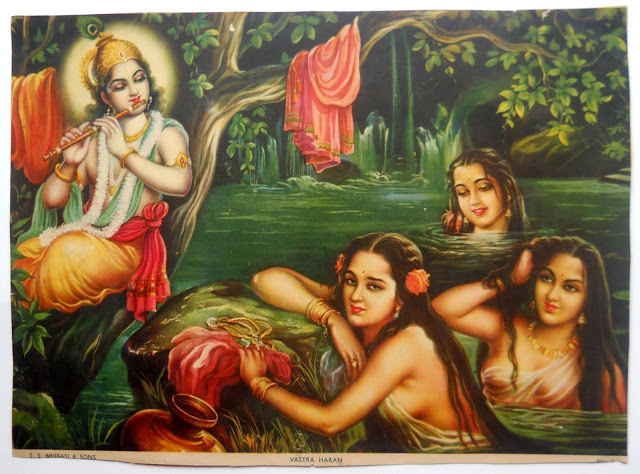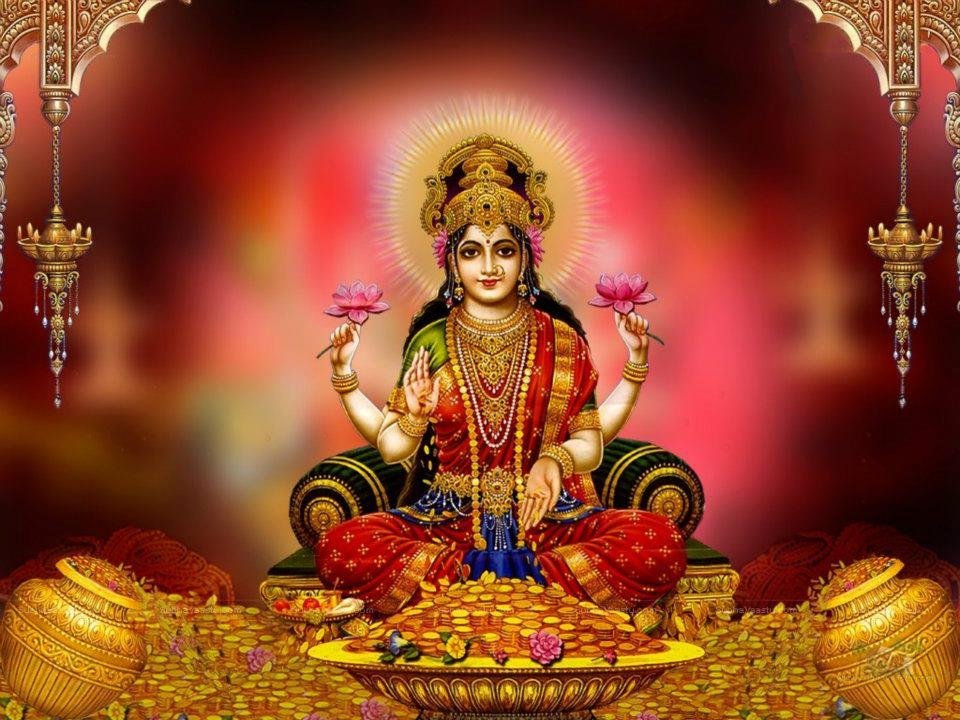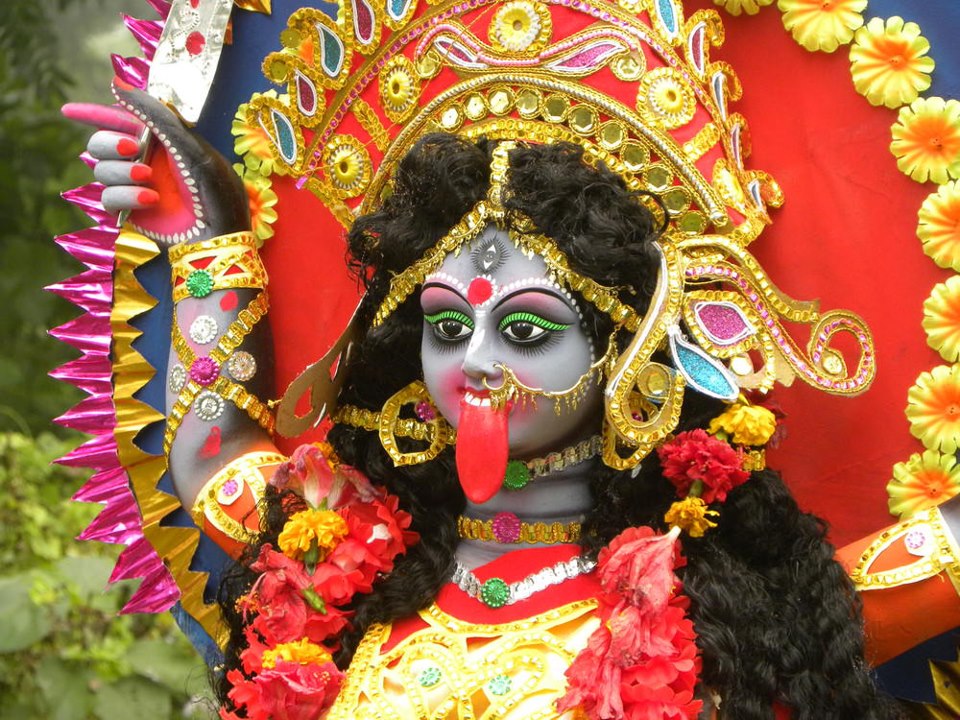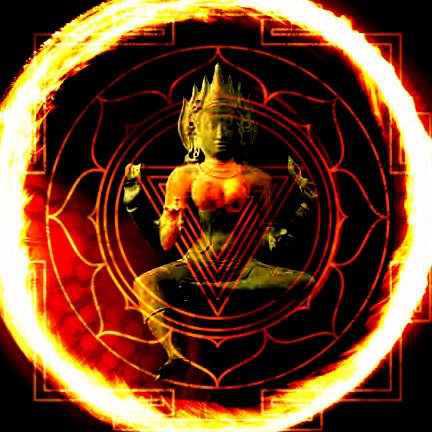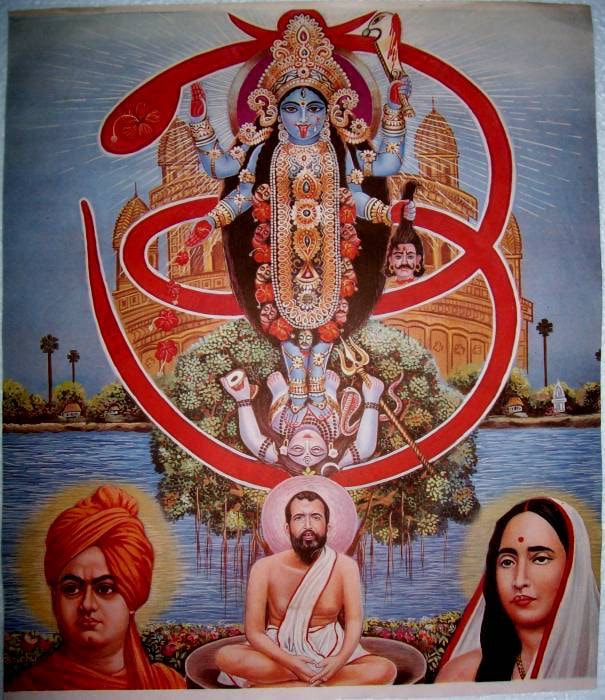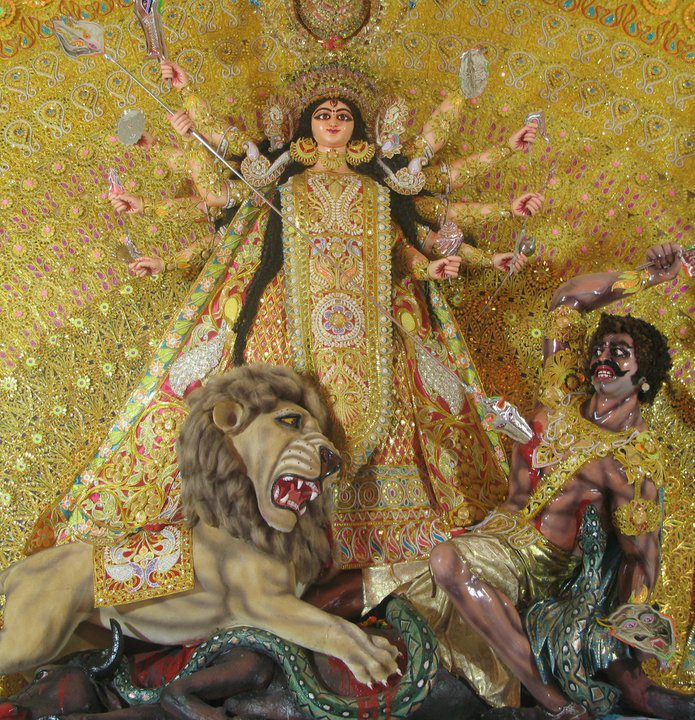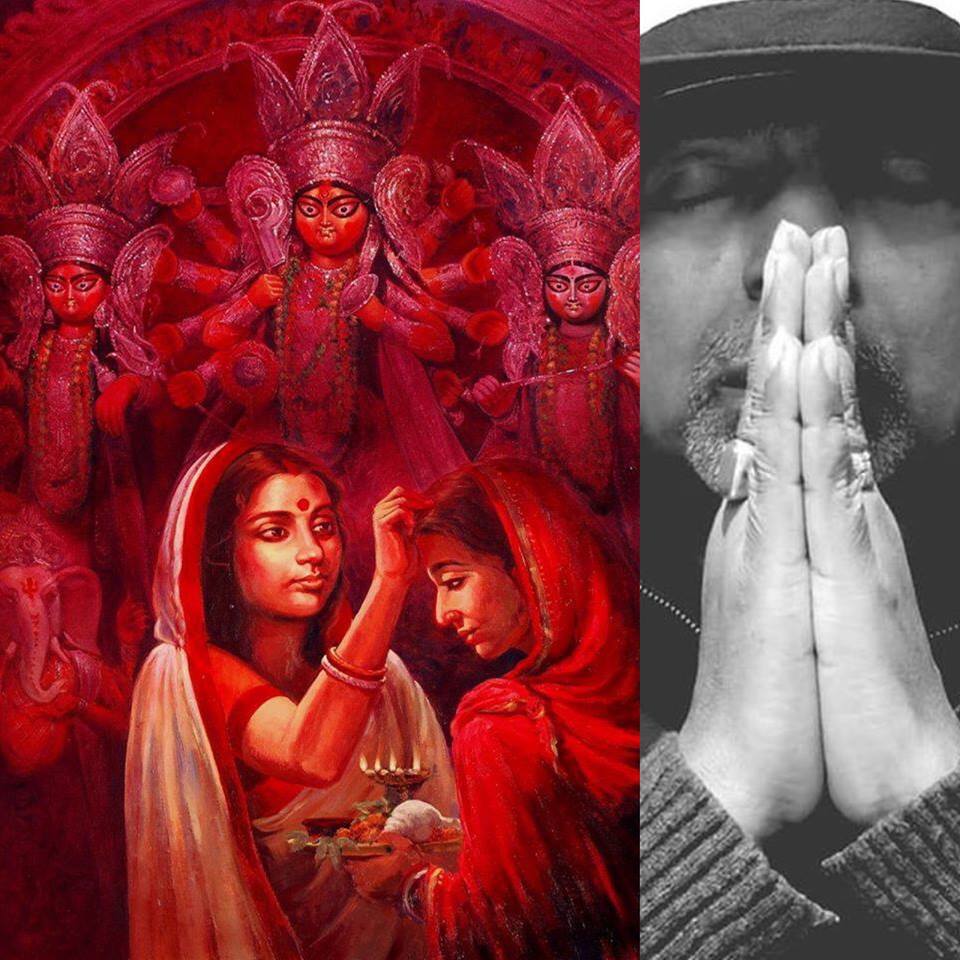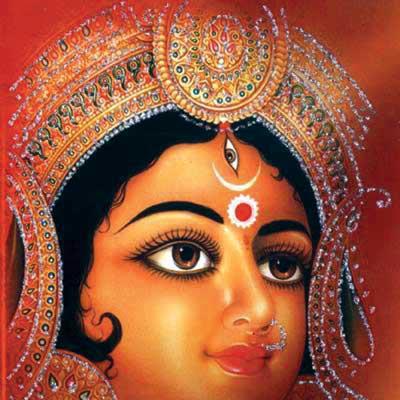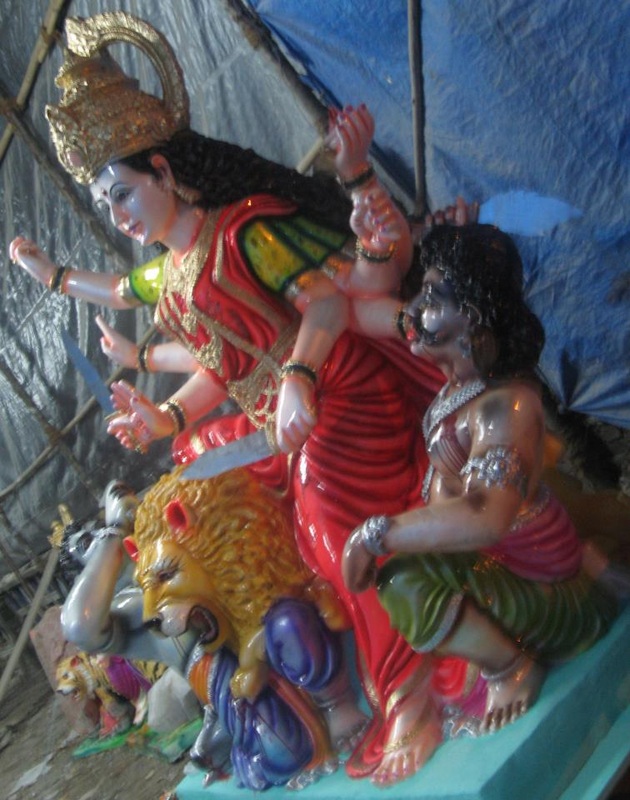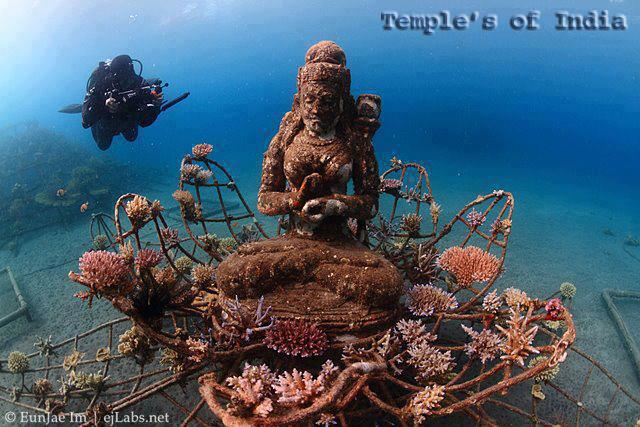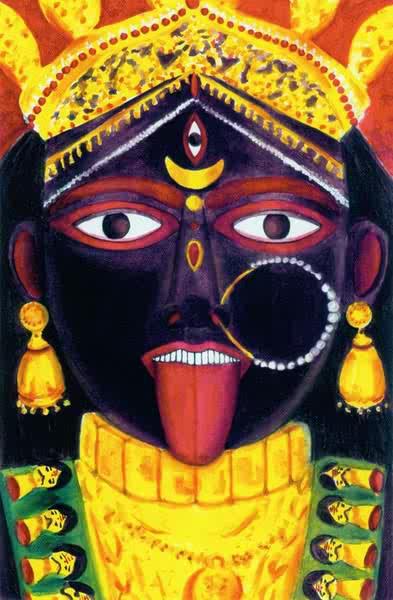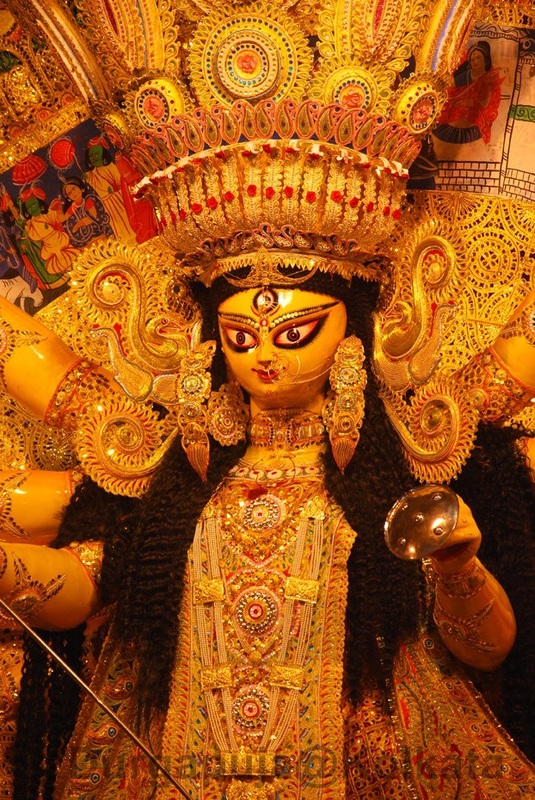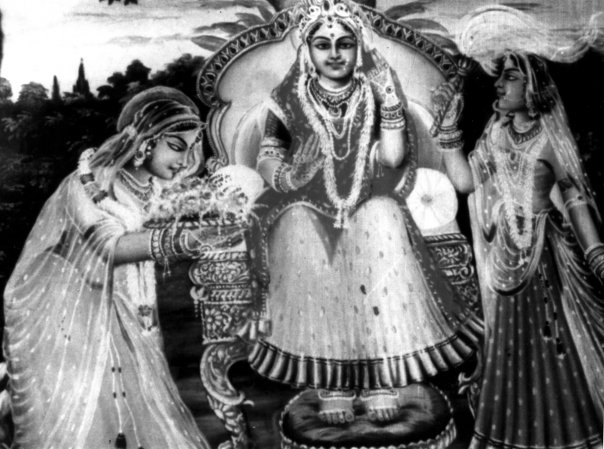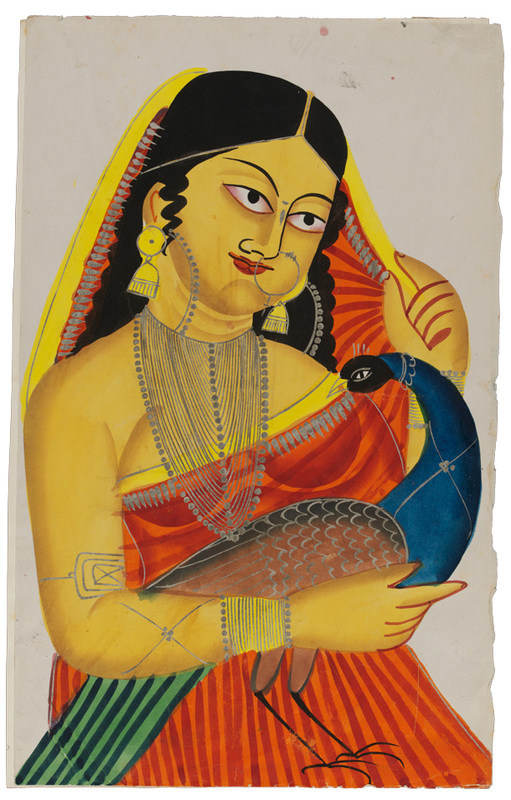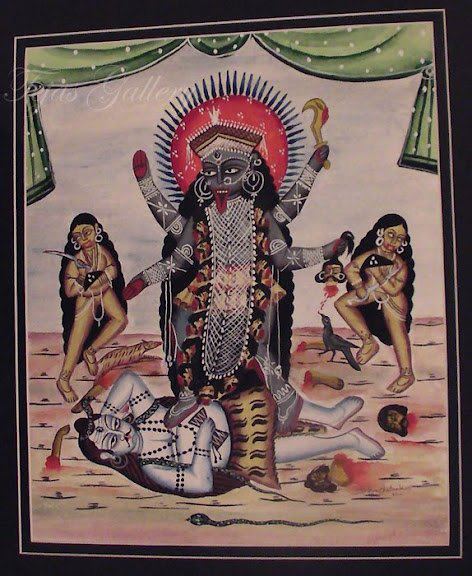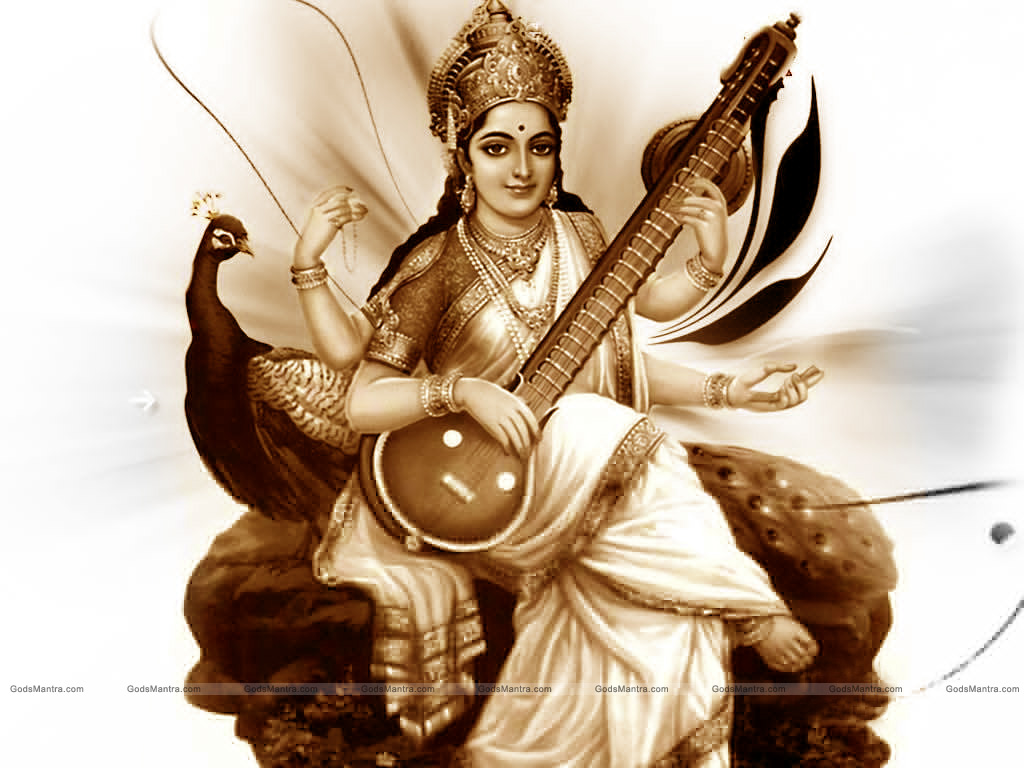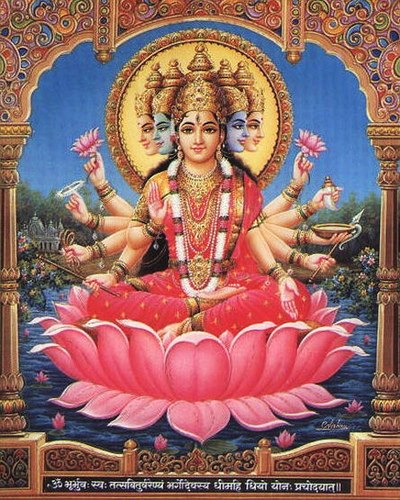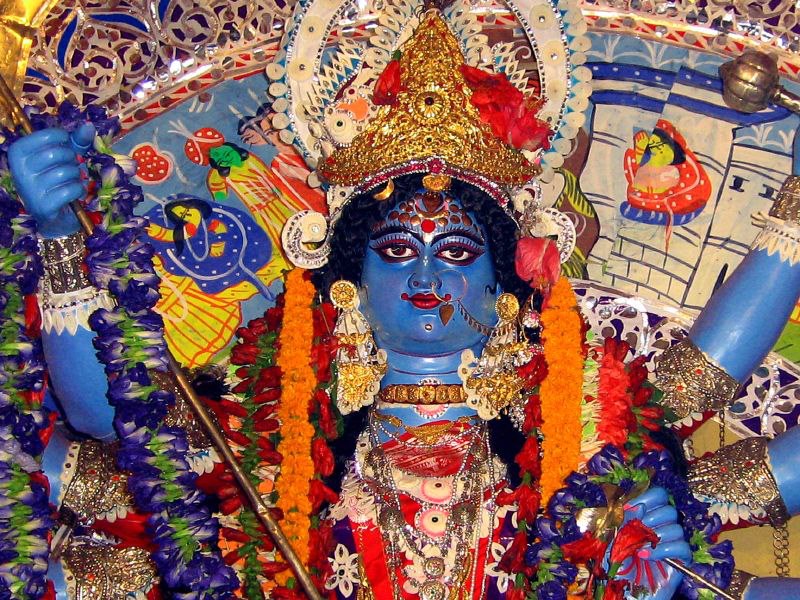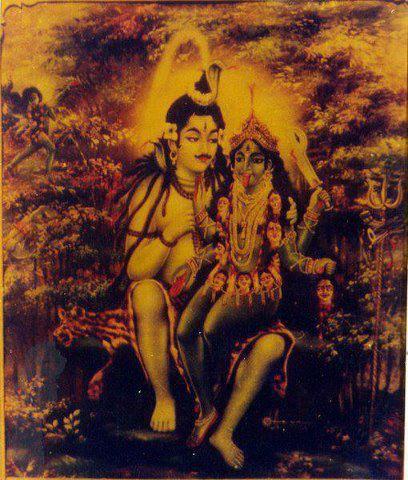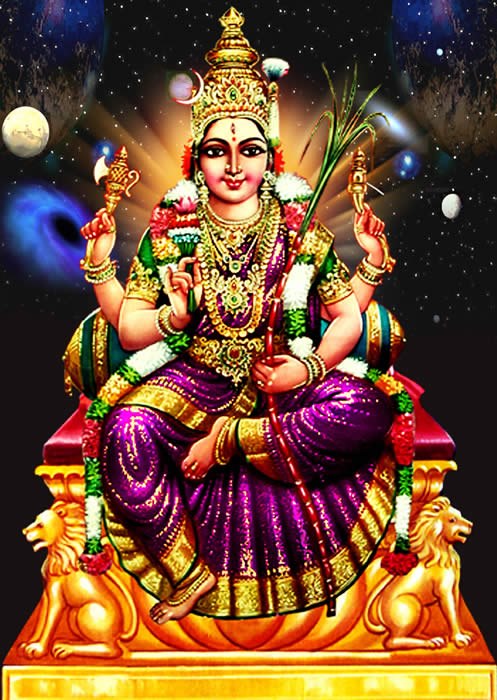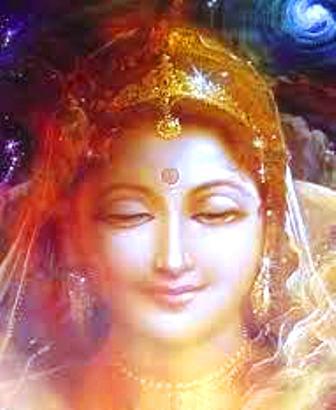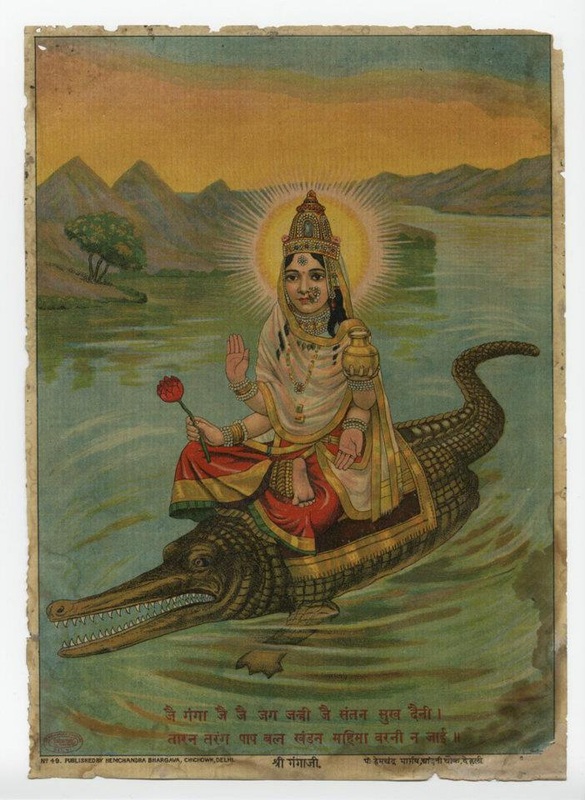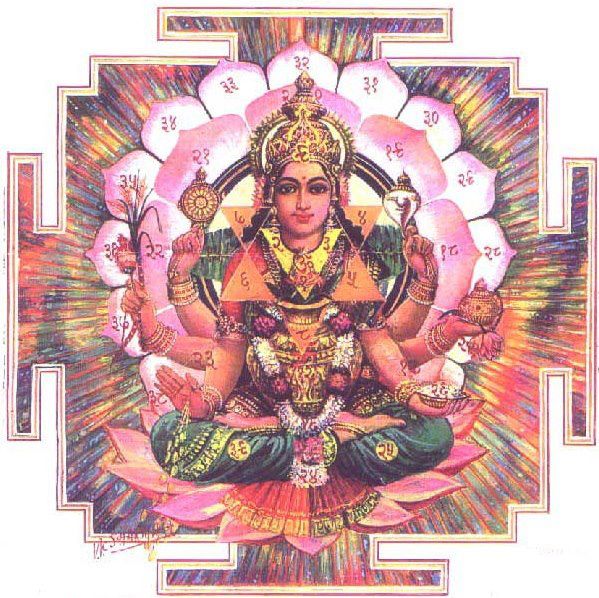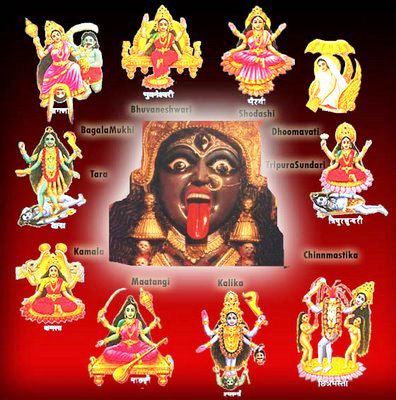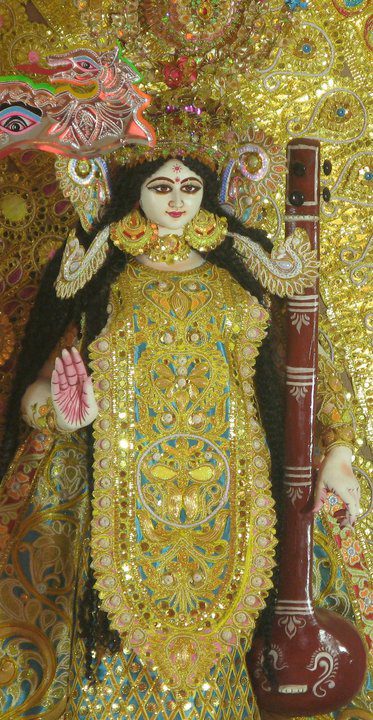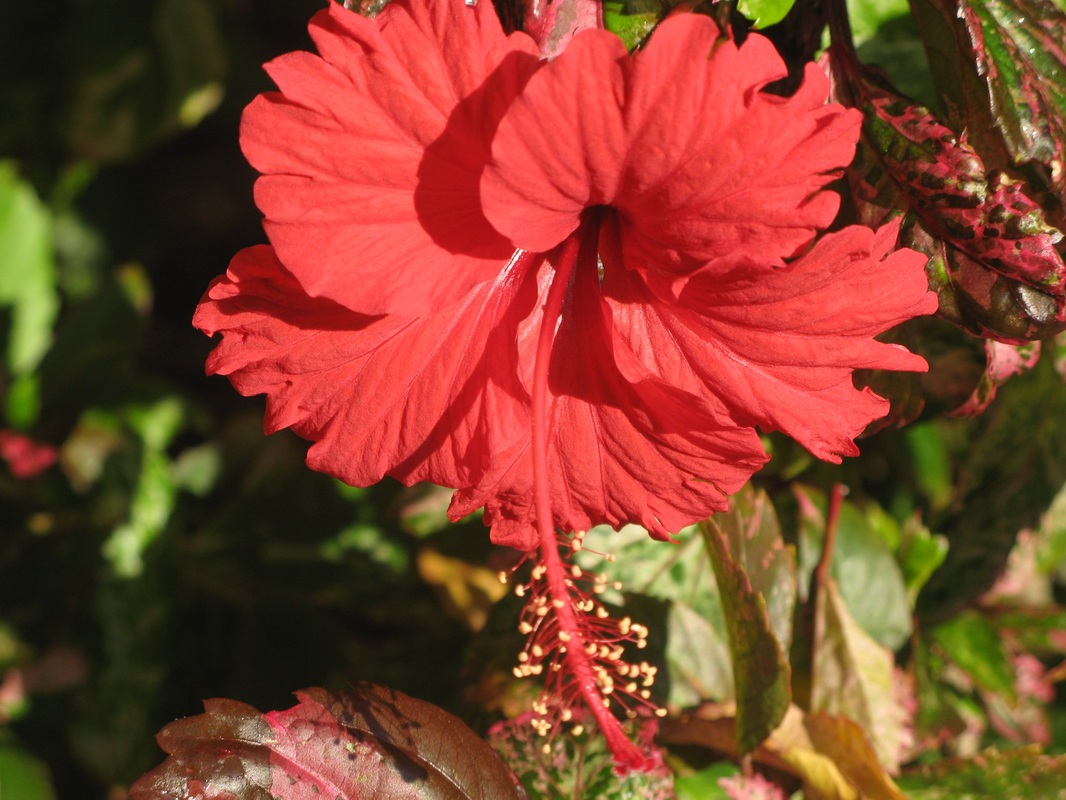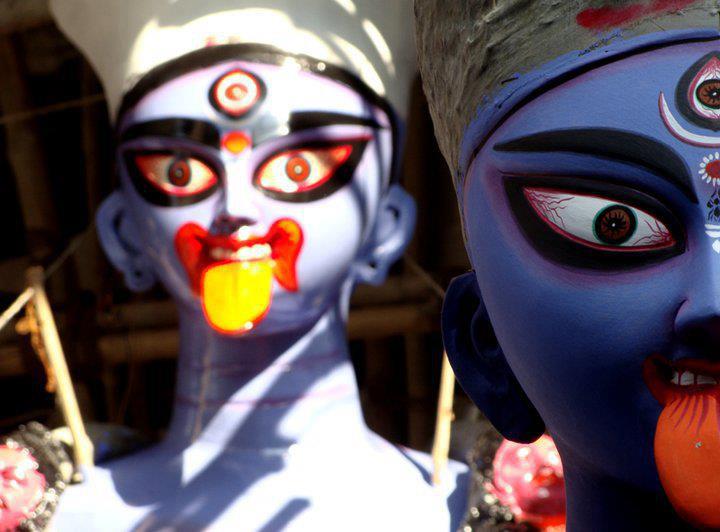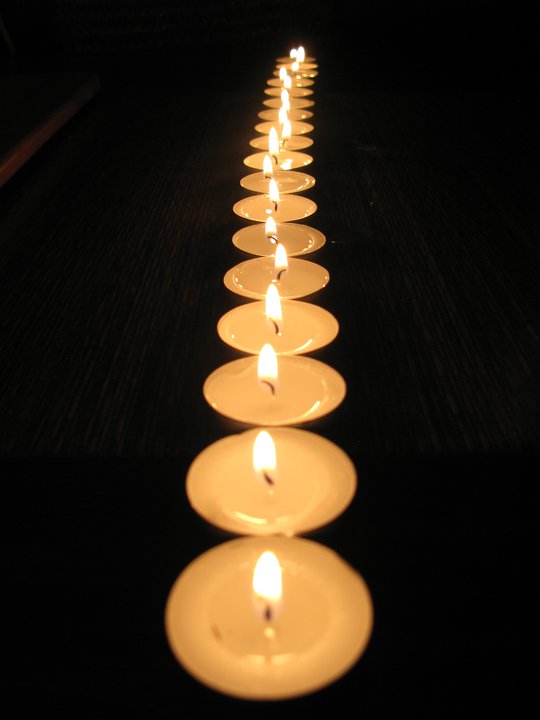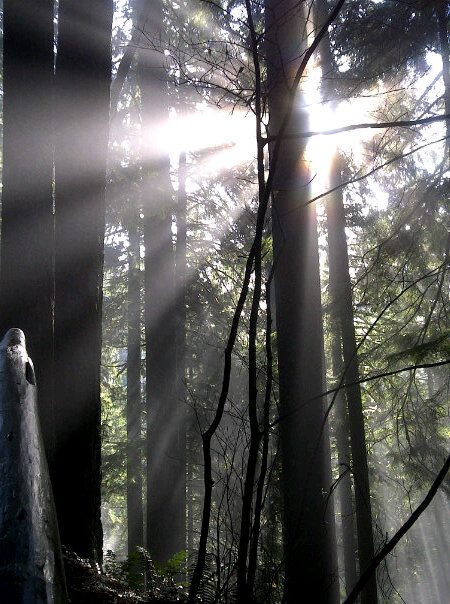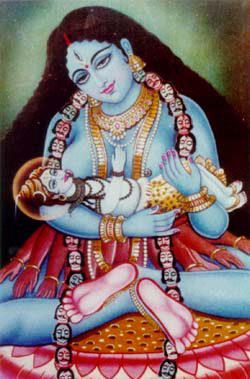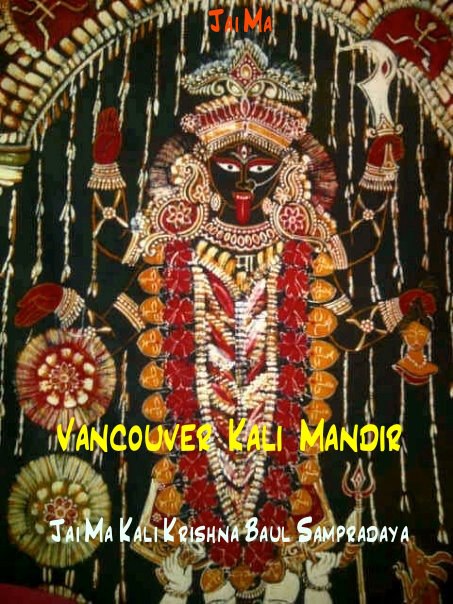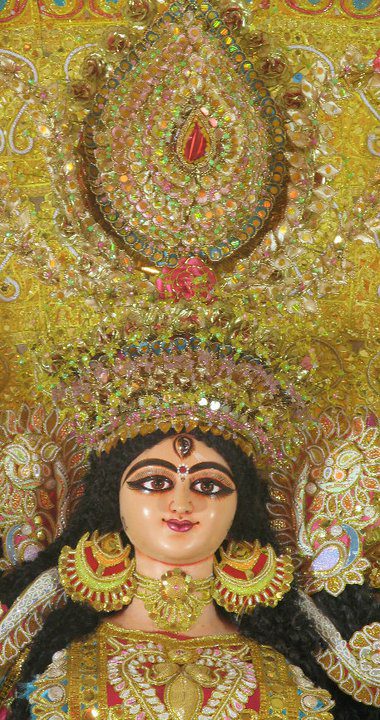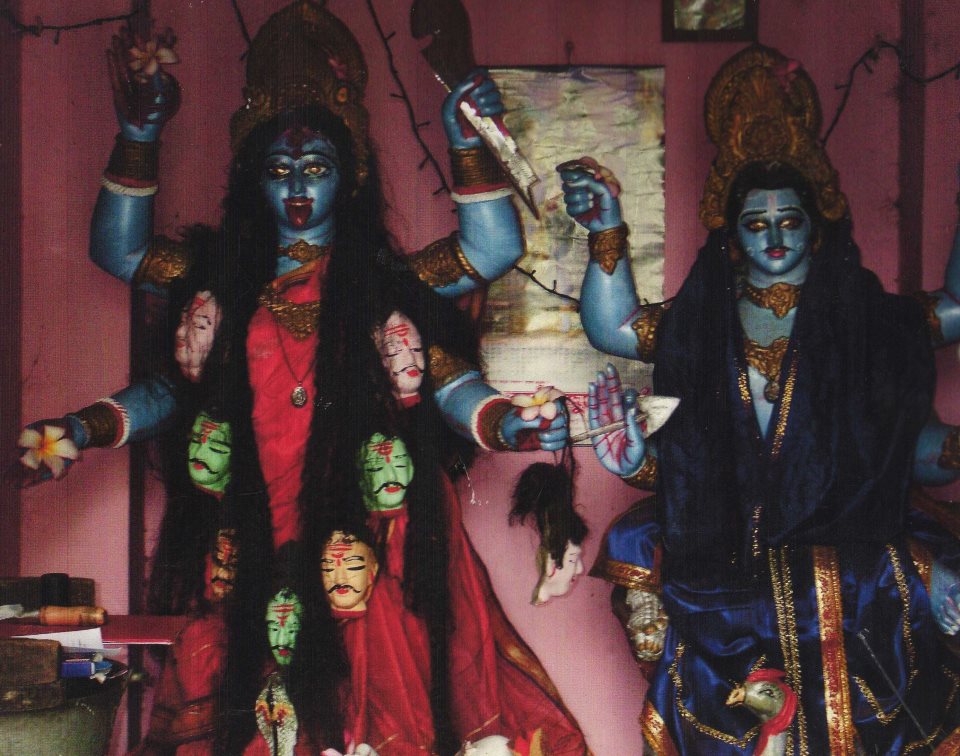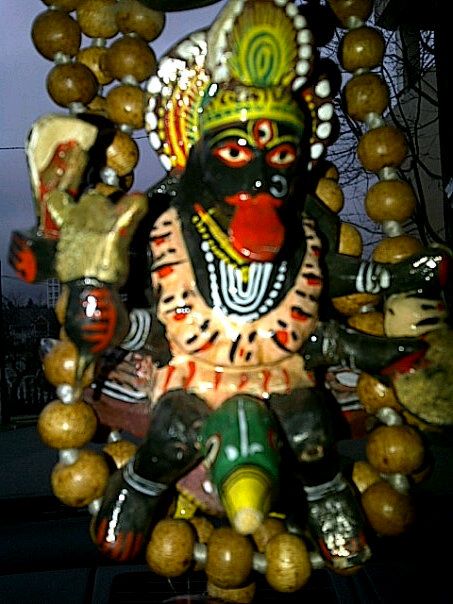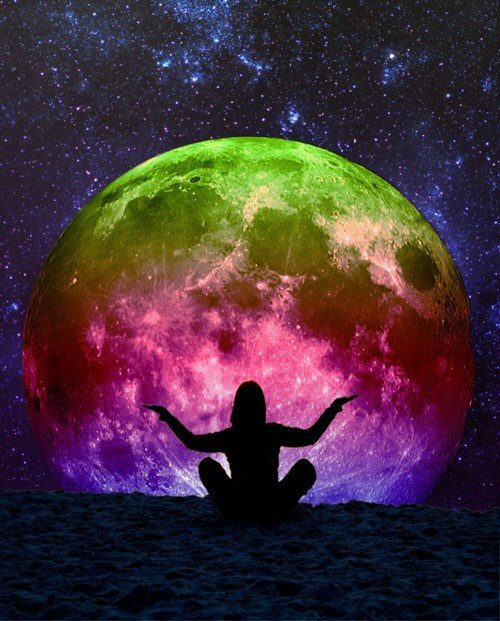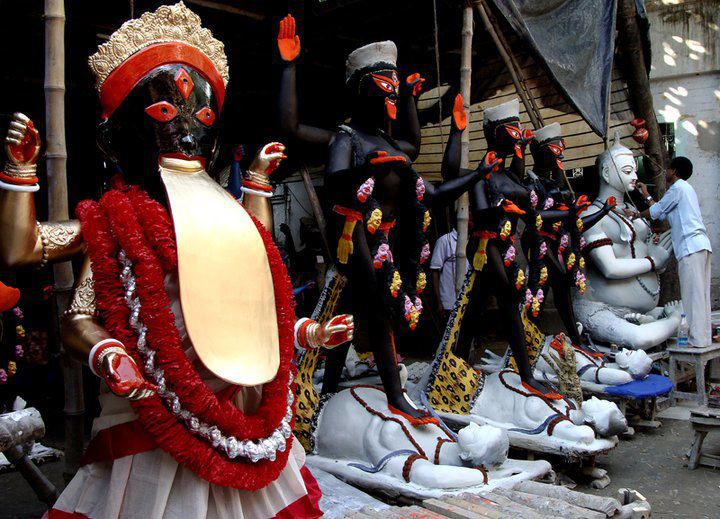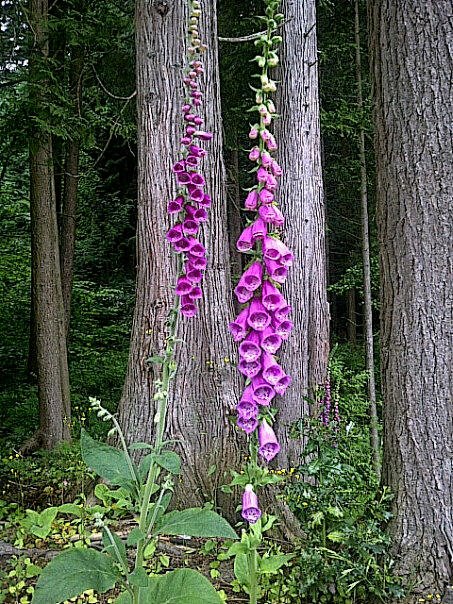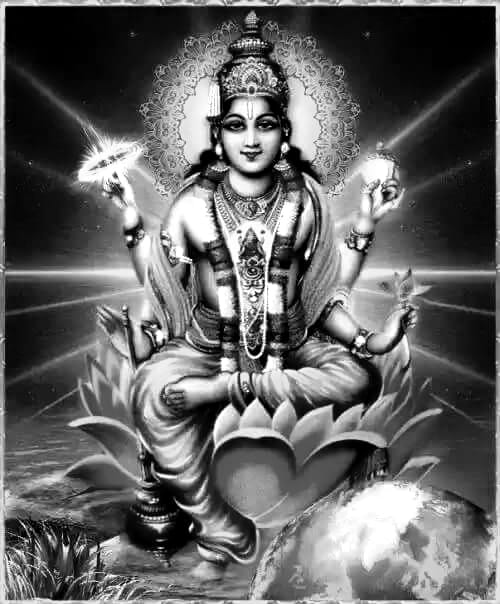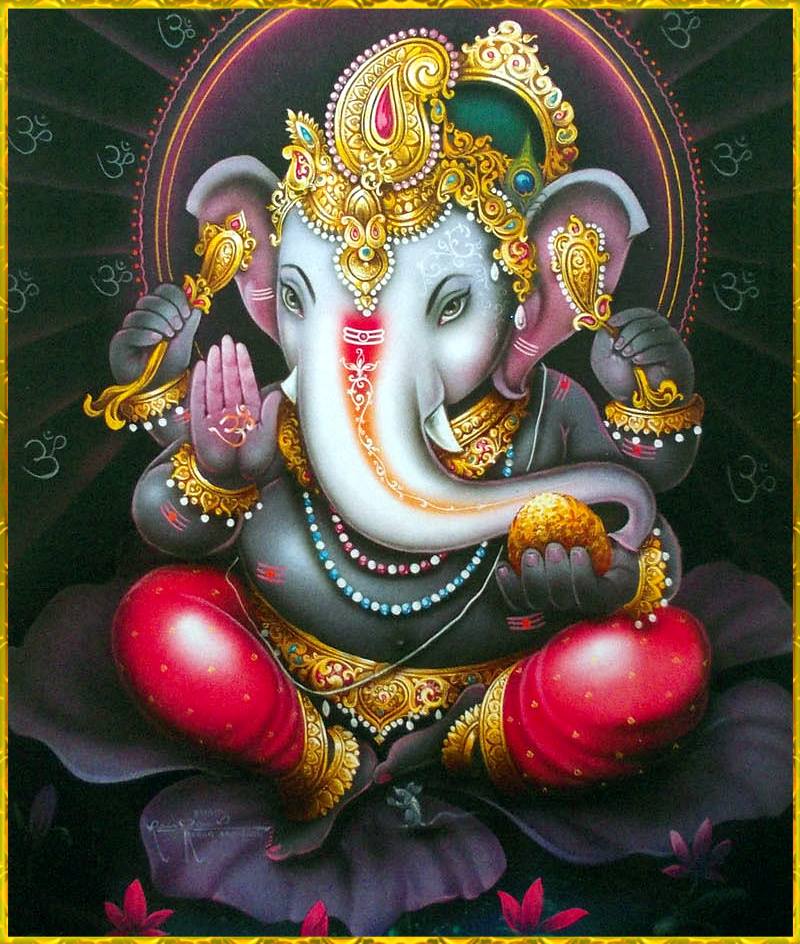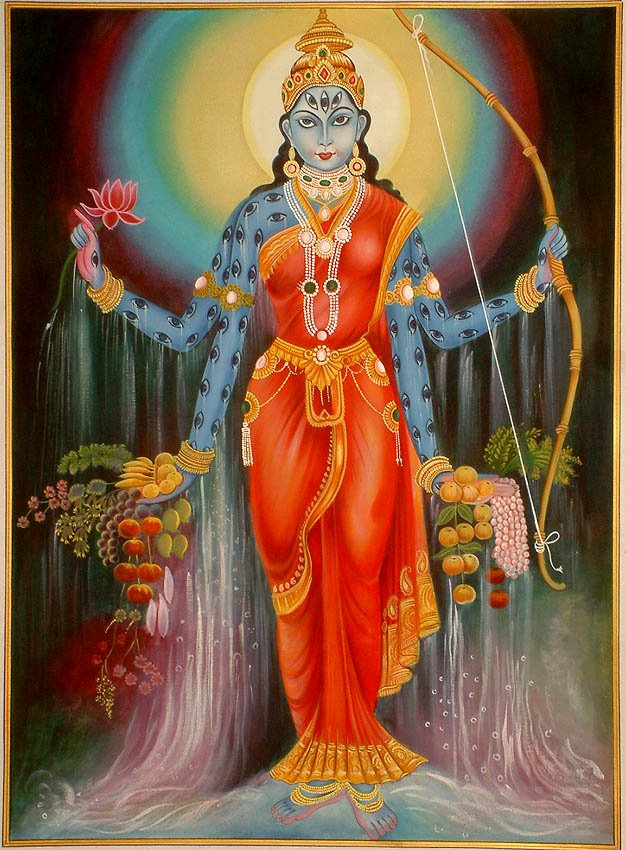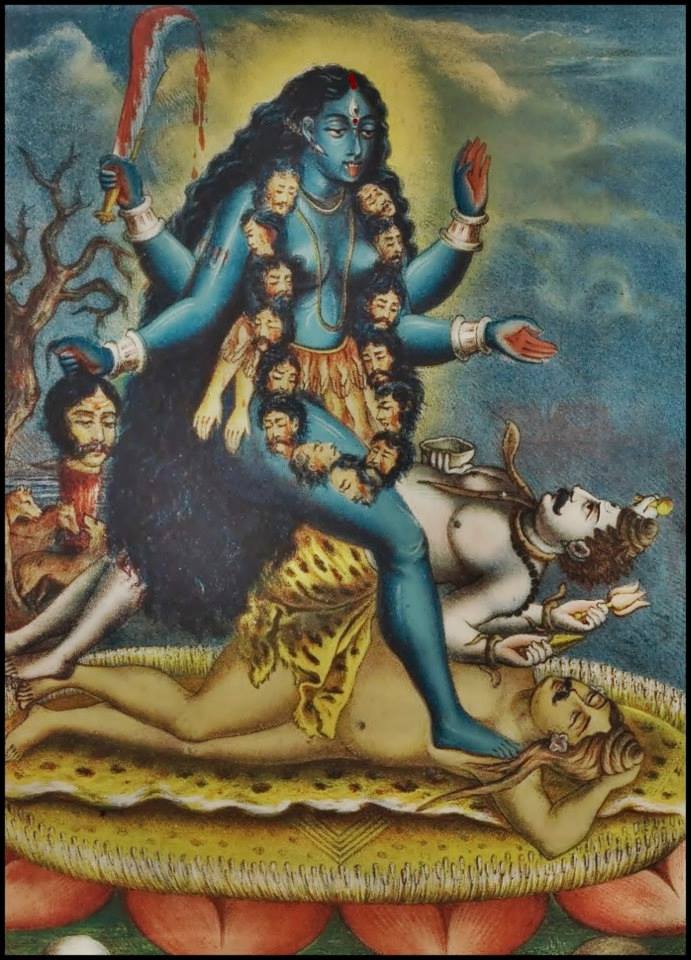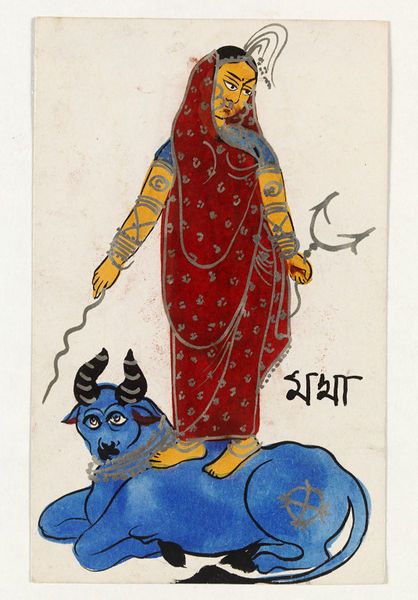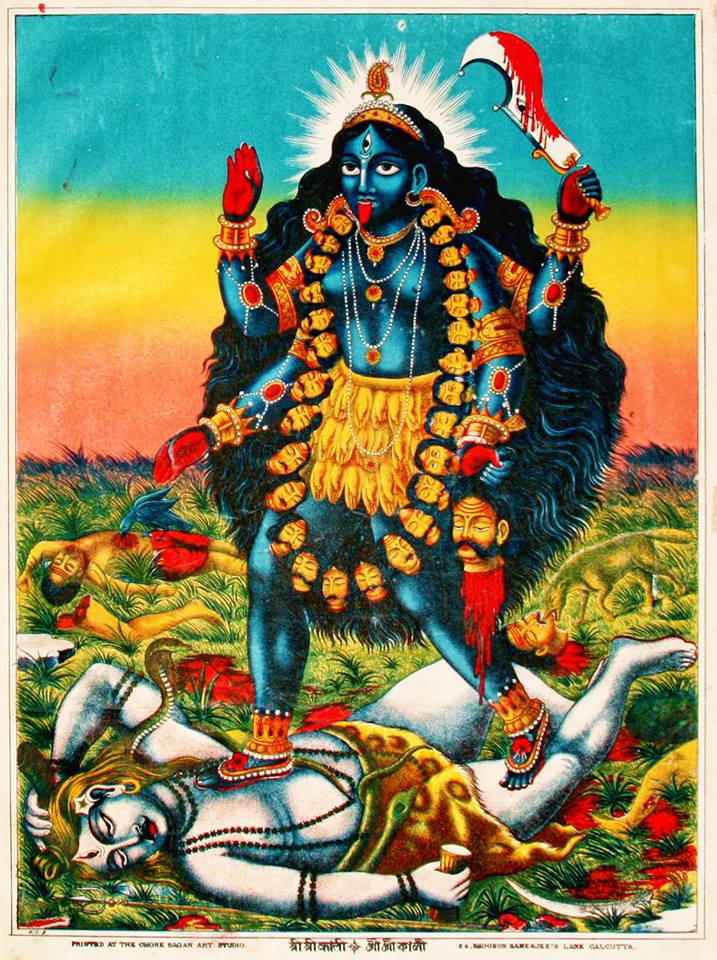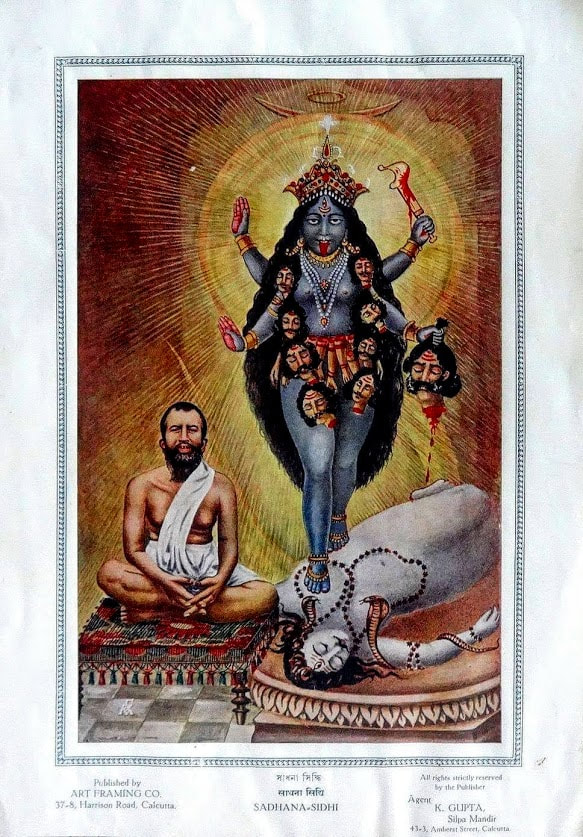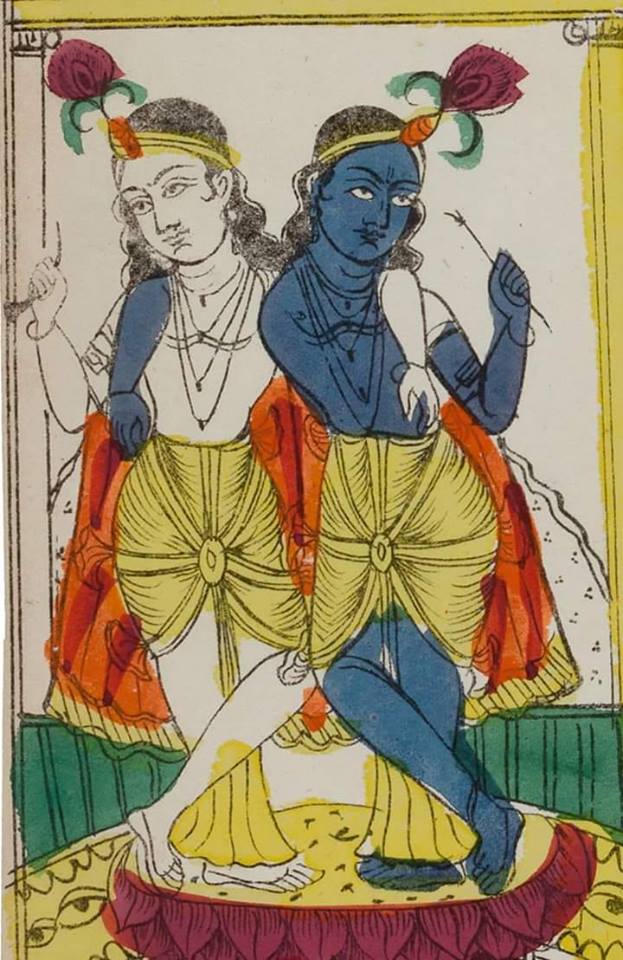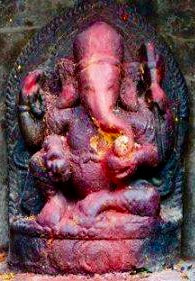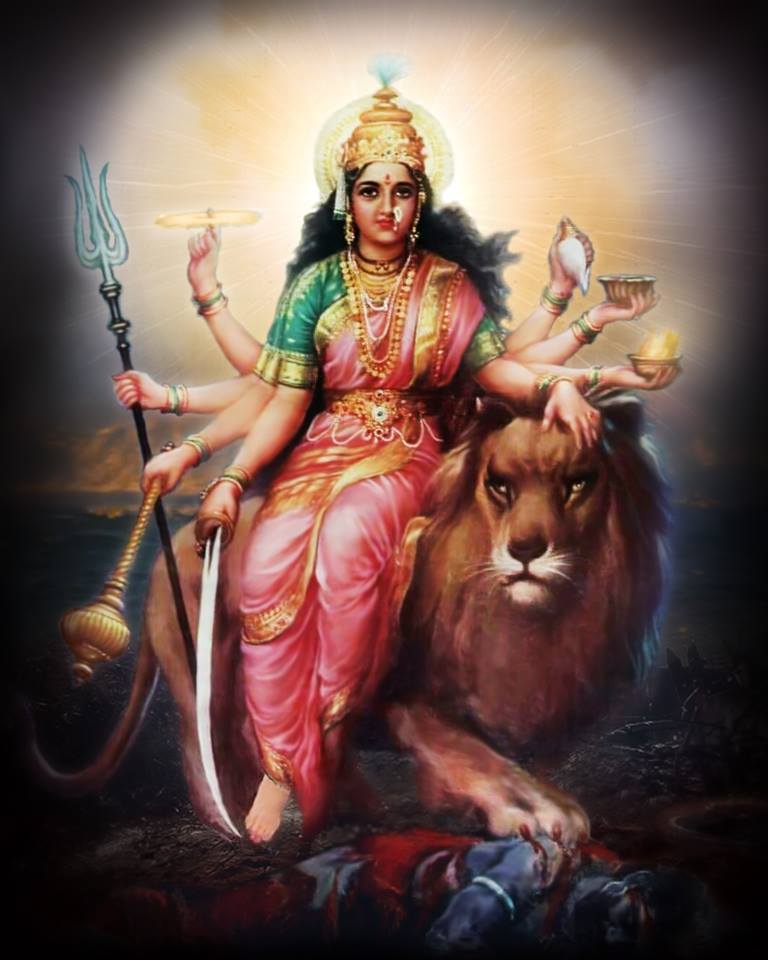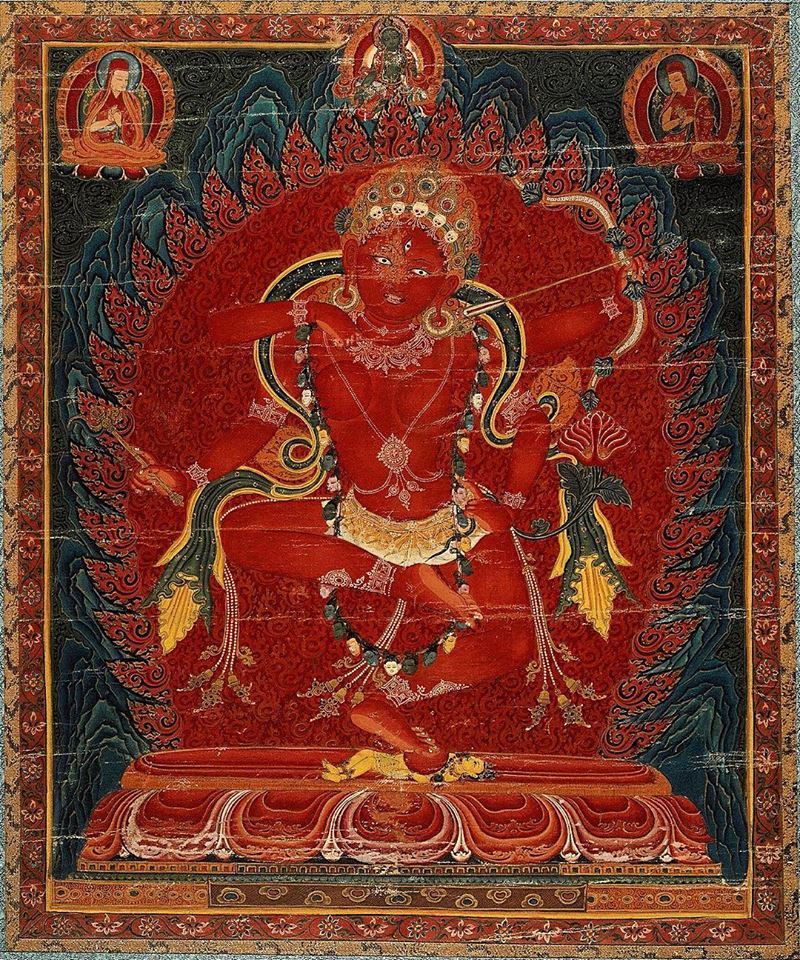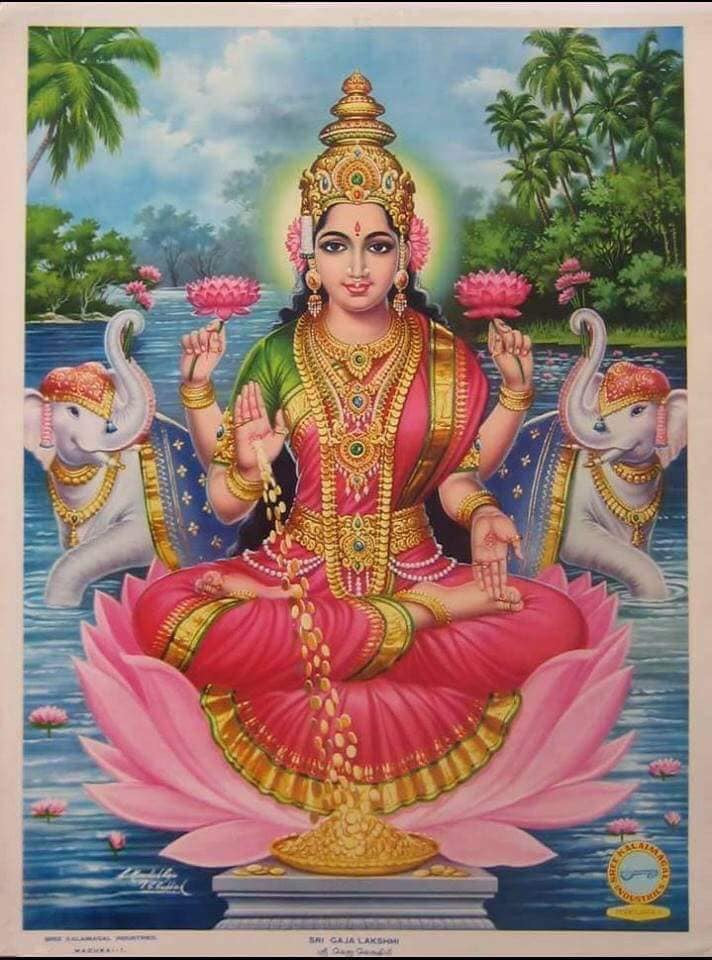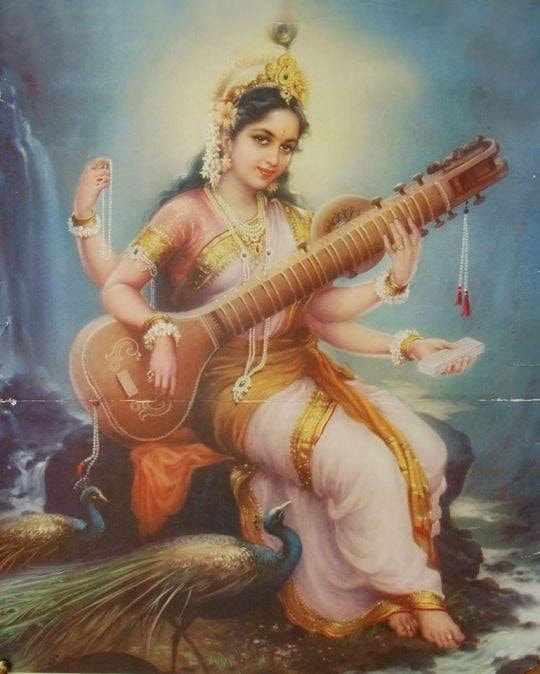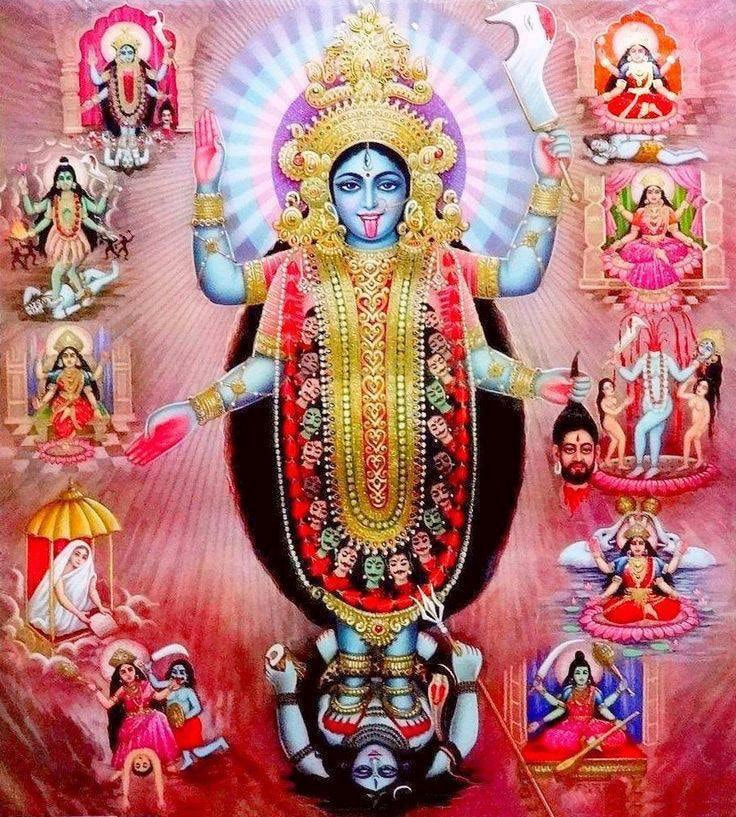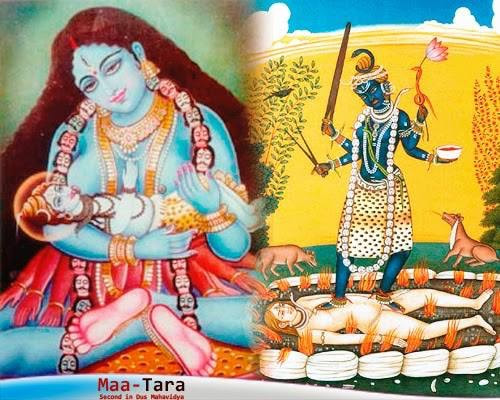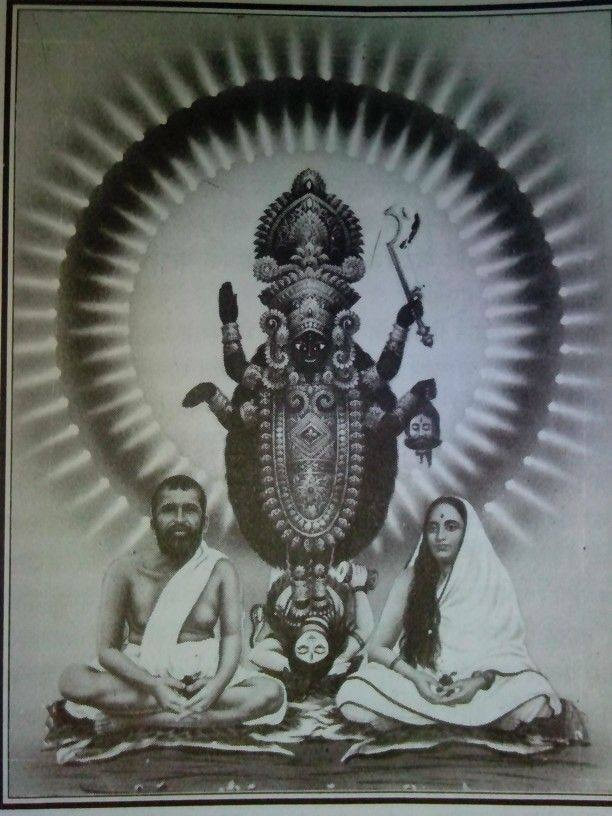Manasa (Mansa Devi) is a Hindu folk goddess of snakes, worshipped mainly in Bengal and other parts of North and northeastern India, chiefly for the prevention and cure of snakebite and also for fertility and prosperity. Manasa is the sister of Vasuki, king of Nāgas (snakes) and wife of sage Jagatkāru (Jaratkāru).
She is also known as Vishahara (the destroyer of poison), Jagadgaurī, Nityā (eternal) and Padmavati. Her myths emphasize her bad temper and unhappiness, due to rejection by her father Shiva and her husband, and the hatred of her stepmother, Chandi (Shiva's wife, identified with Parvati in this context). In some scriptures, sage Kashyapa is considered to be her father, rather than Shiva. Manasa is depicted as kind to her devotees, but harsh to people who refused to worship her.
Denied full godhead by her mixed parentage, Manasa’s aim was to fully establish her authority as a goddess and to acquire steadfast human devotees. Accompanied by her adviser, Neto, Manasa descended to earth to obtain human devotees. She was initially mocked by the people but then Manasa forced them to worship her by raining calamity on those who denied her power.
She managed to convert people from different walks of life, including the Muslim ruler Hasan, but failed to convert Chand Sadagar, an ardent Shiva and Chandi devotee. In attempting to convert him, Manasa killed Chand's six sons and left him bankrupt. She also killed Lakhindar, Chand's youngest son, on his wedding night. Chand's wife and widowed daughter-in-law tried to coax him to worship Manasa. At last, he yielded by offering a flower to the goddess with his left hand without even looking at her. This gesture made Manasa so happy that she resurrected all of Chand's sons and restored his fame and fortunes. The Mangal kavyas say that after this, the worship of Manasa was popular forever more — at Society For The Protection and Promotion of Polytheism.
Some legends say that Maa Manasa is actually a daughter of Lord Shiva. Interestingly, Lord Shiva is also associated with snakes. Also known as Padmavati, Nitya and Vishahari, there are several fascinating stories in Hindu folklore that establish Manasa as a significant deity. On that note, let us take a look at some interesting facts about Maa Manasa.
Interesting Facts About Maa Manasa
1. While many regard Manasa to be the daughter of Lord Shiva, another legend states that she is actually the daughter of sage Kashyap and the sister of Shesha Naga.
2. Because of the speculation over her parentage, she was never really elevated to the status of a premium deity. This is why Maa Manasa is said to be eternally enraged and demands the devotion of her devotees. Those who revere Maa Manasa are blessed by her and those who don’t may be cursed by her.
3. It is believed that Maa Manasa was the one who saved Lord Shiva from being poisoned during Samudra Manthan. Lord Shiva had drunk the dangerous poison Halahala, which otherwise would have destroyed the entire universe.
4. The poison turned Shiva’s throat blue as he drunk it but Manasa prevented it from travelling further into his body, thus saving Shiva from being poisoned entirely.
5. She is the commander of the snakes who obey her out of great respect. Maa Manasa prevents snakebites on good people and even has the power to save those who have already been bitten by snakes.
6. Maa Manasa is worshiped most during the rainy season, which is the time during which snakes come out of their holes due to waterlogging. This is the time when the chance of getting bitten by snakes increases manifold.
7. Manasa was Shiva’s child as Shiva’s seed had touched an idol which had been erected by Kadru, the wife of sage Kashyap and the mother of the snakes.
8. It is said that since she was not Parvati’s daughter despite being Shiva’s offspring, Parvati or Chandi was jealous of the attention she received from Shiva. It is even believed that Chandi actually blinded Manasa in one eye in a fit of rage, which stemmed from her jealousy.
9. Manasa did have a husband named Jagatkaru but he abandoned her as she had scared him once when he woke up. Shiva’s affection for her also waned eventually due to the conflicts with Parvati about Manasa. Bitter and angry, Manasa Devi demanded worship from all mortals, who would otherwise suffer death from snakebite. She is widely revered even to this day.
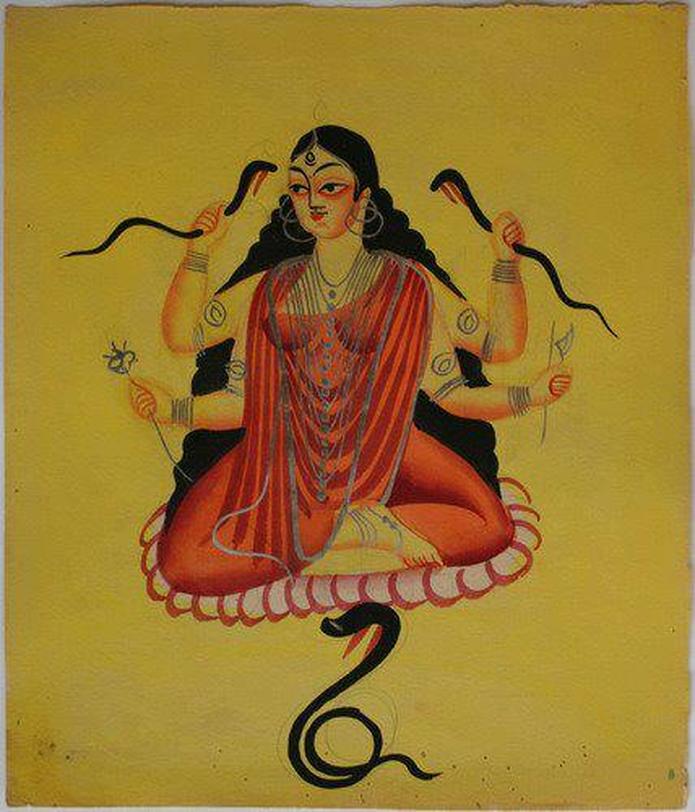
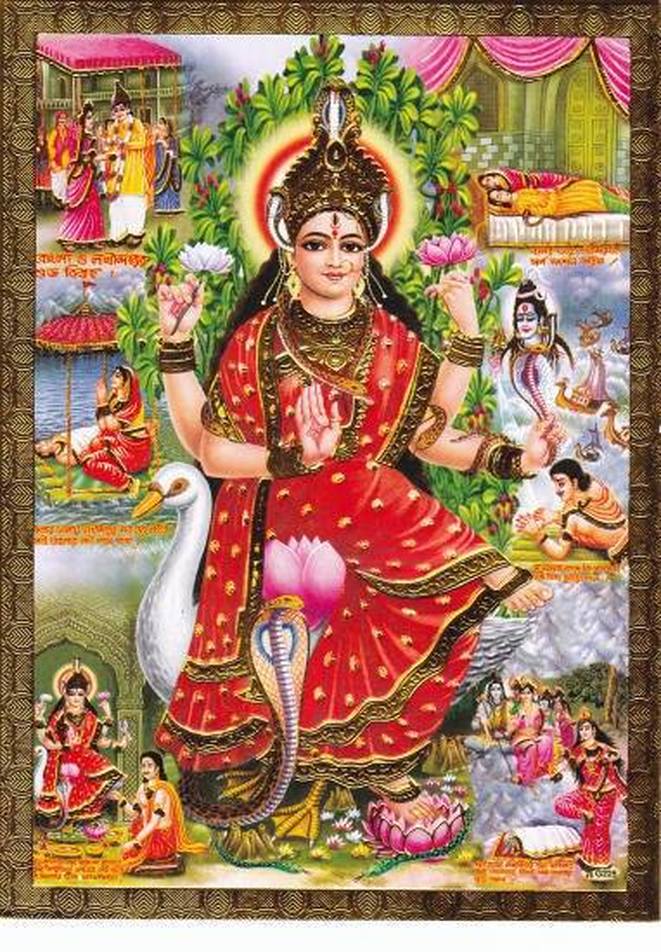
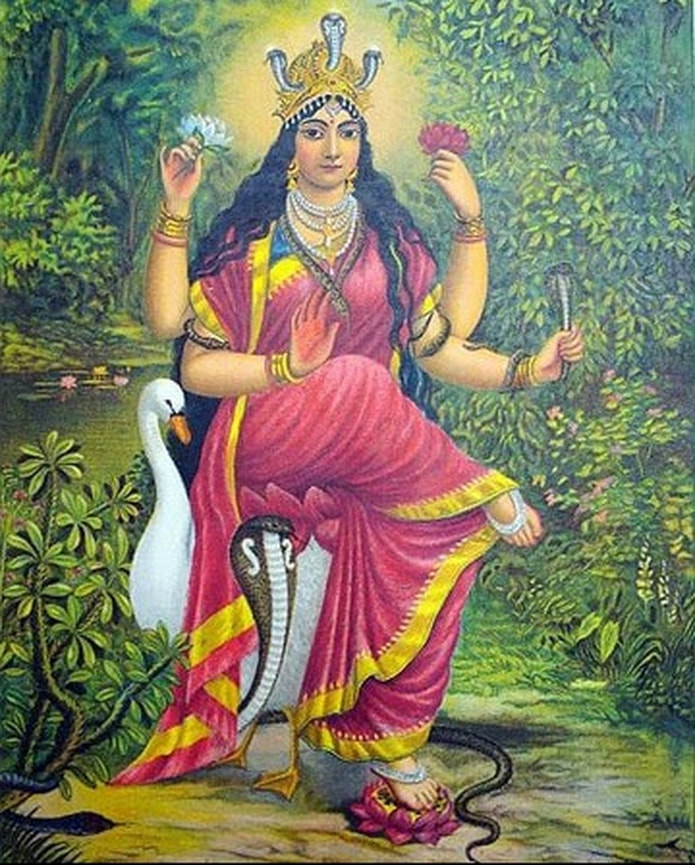
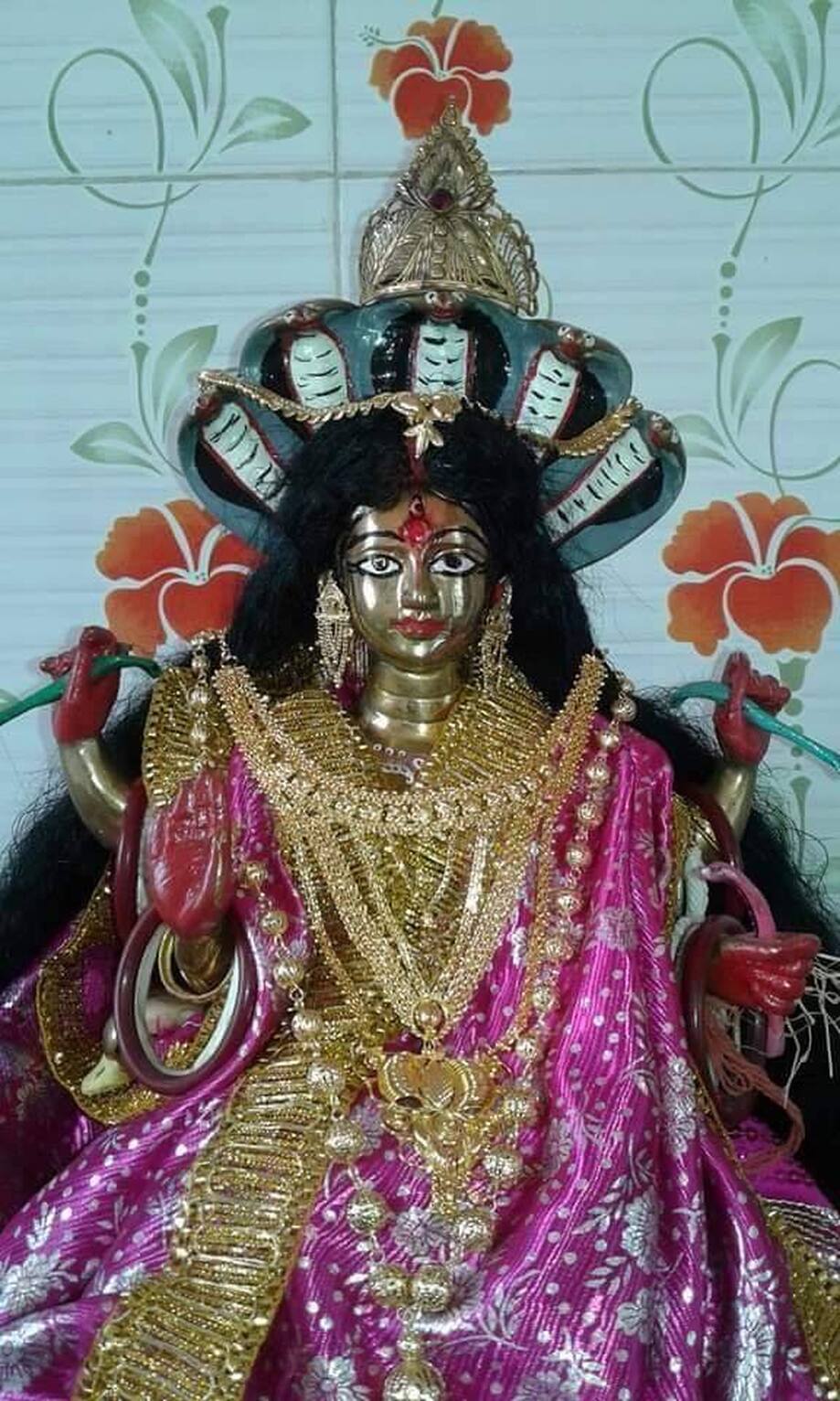
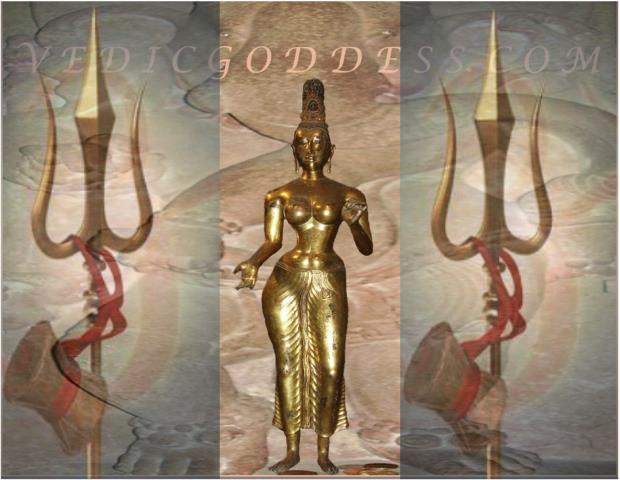
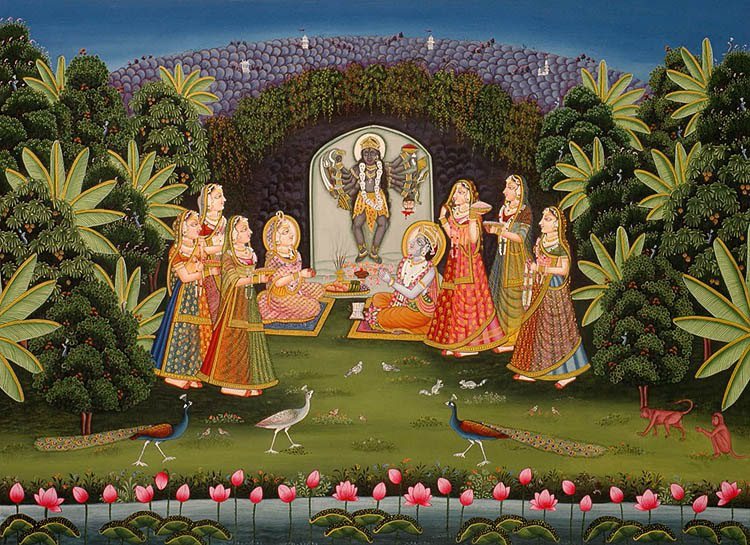

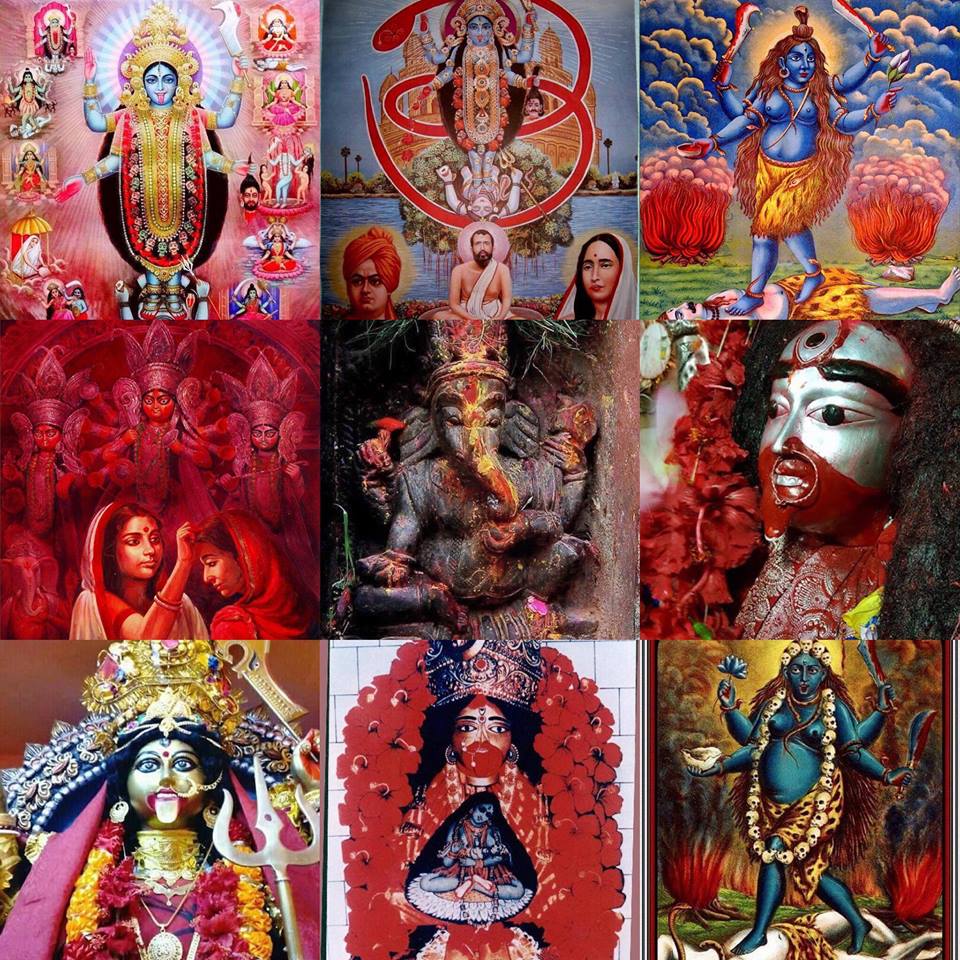
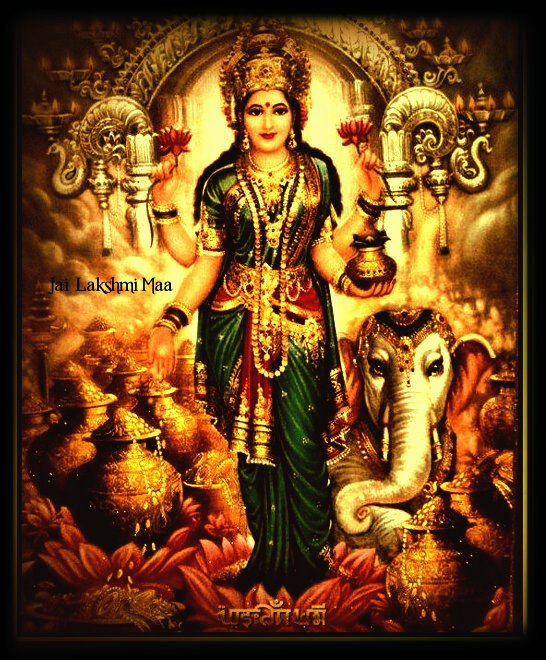
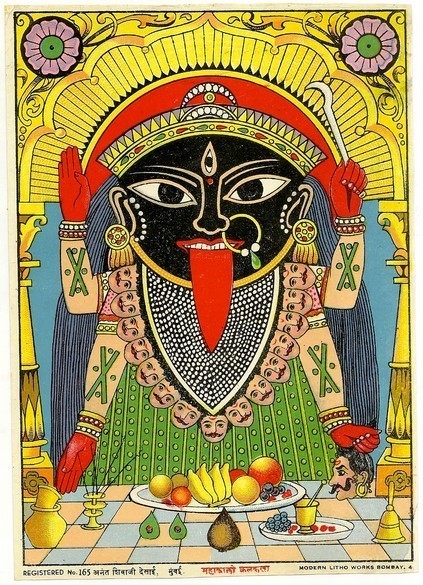
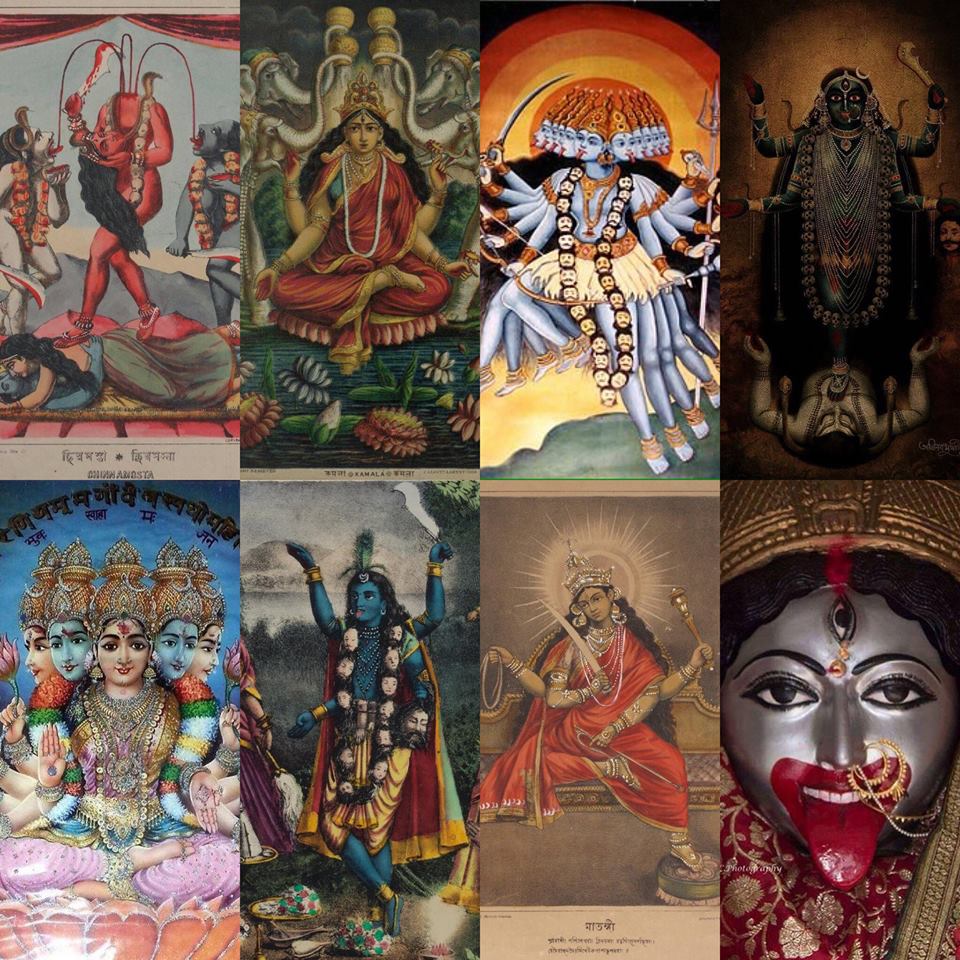
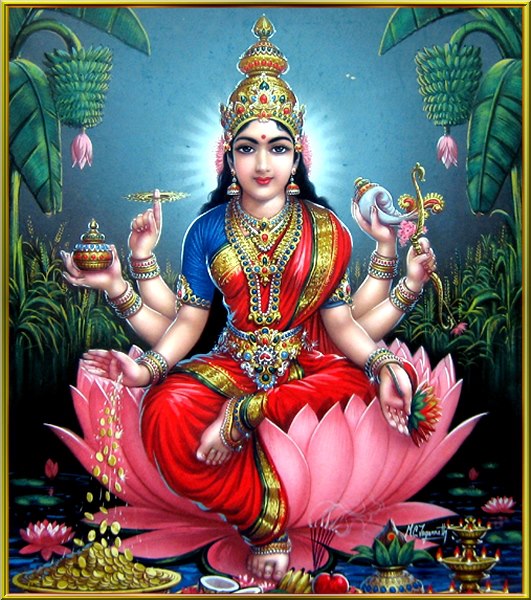
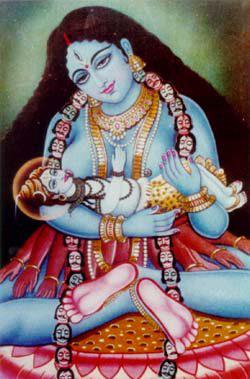
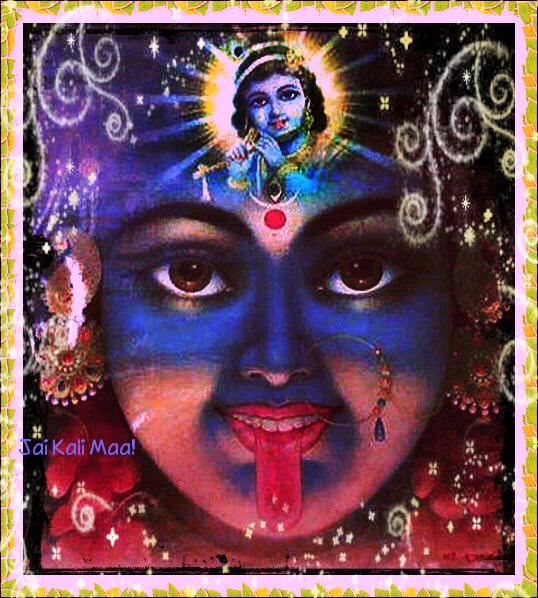
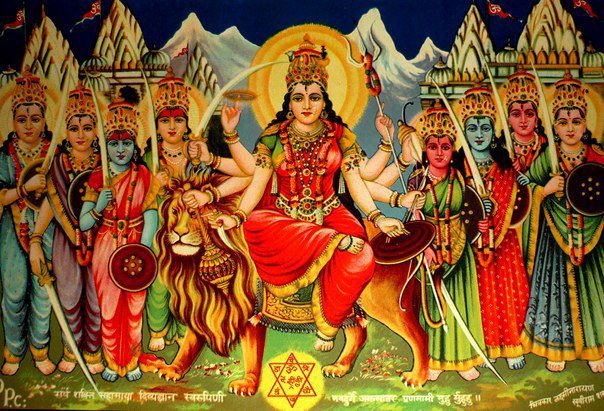
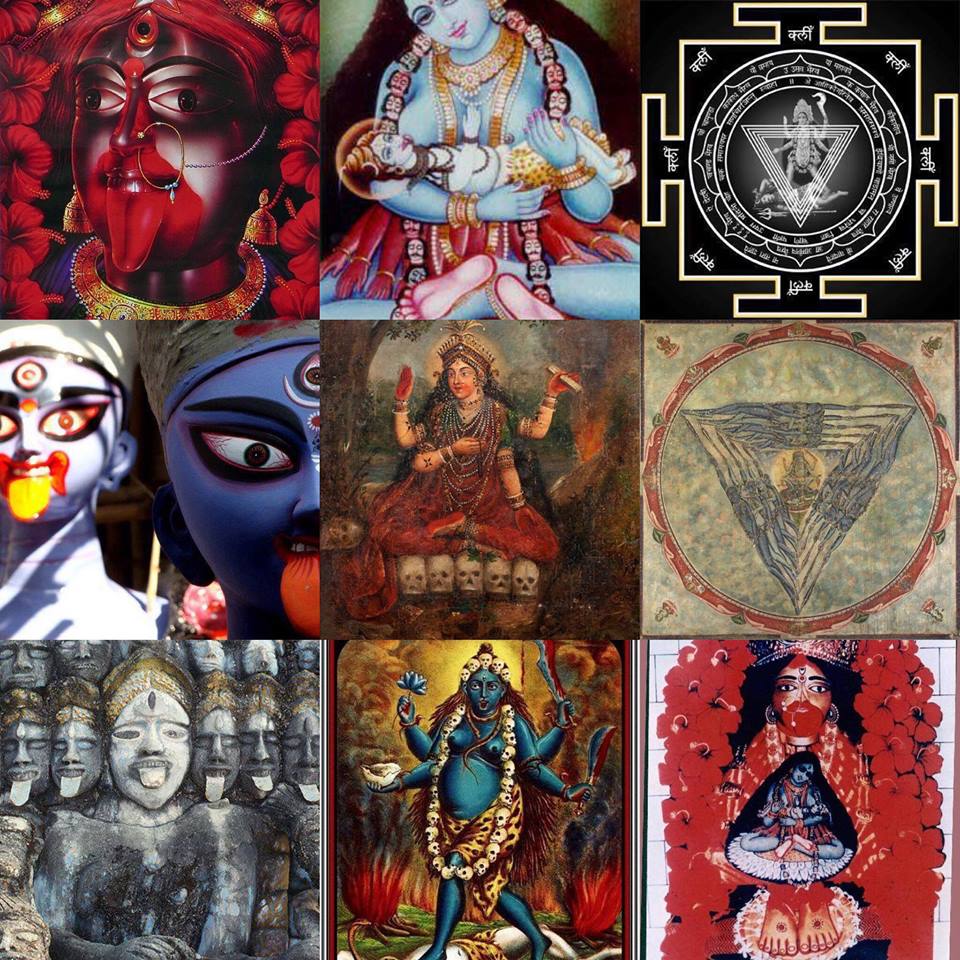
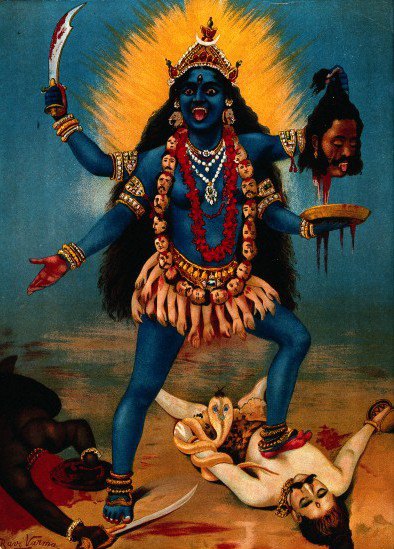
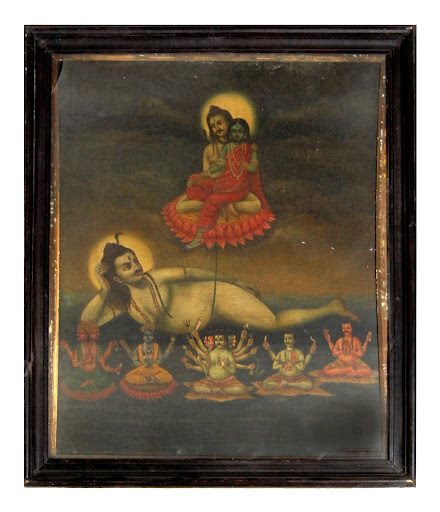
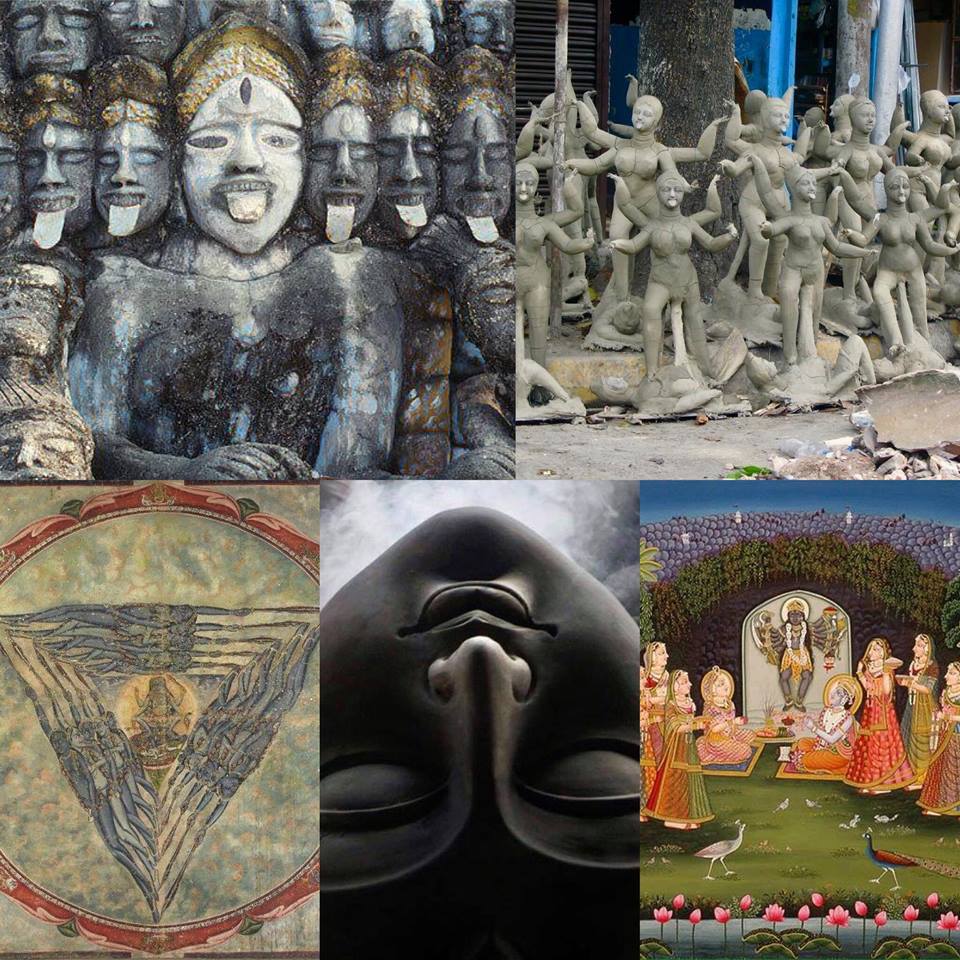
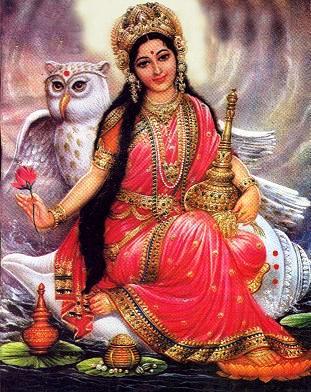
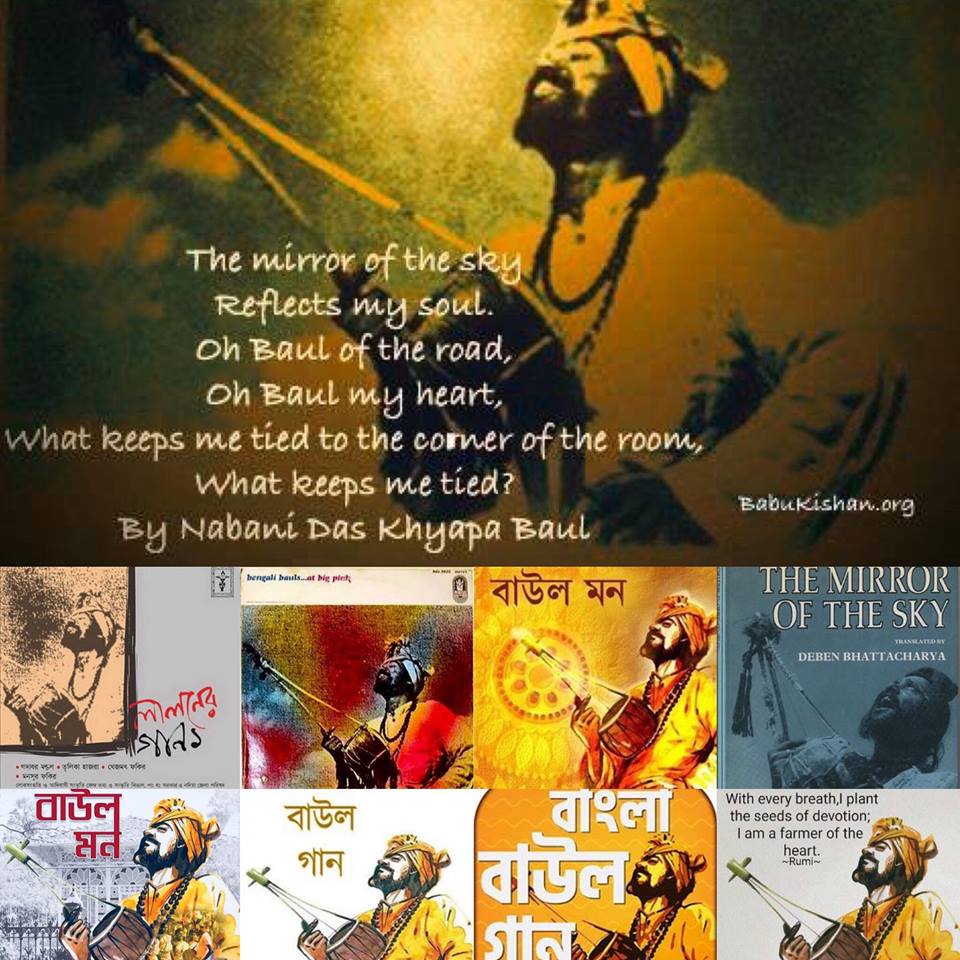
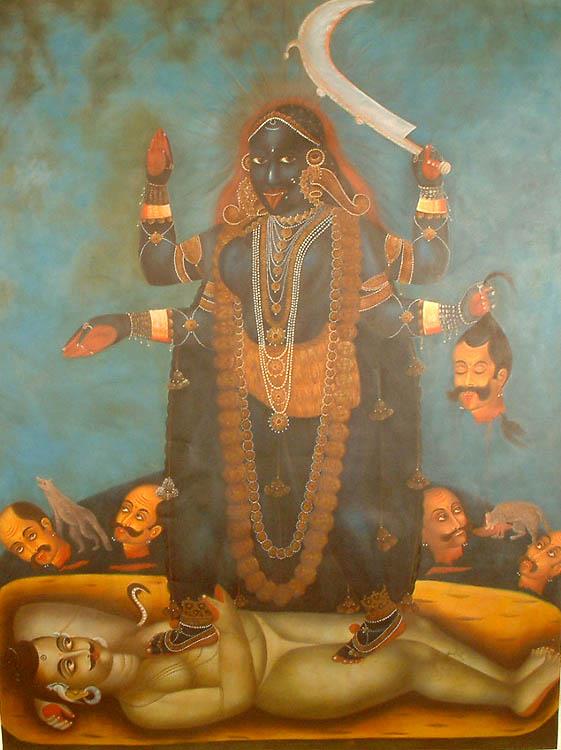
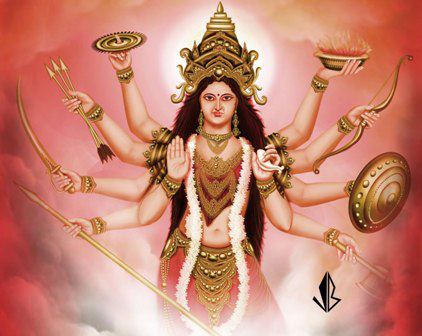
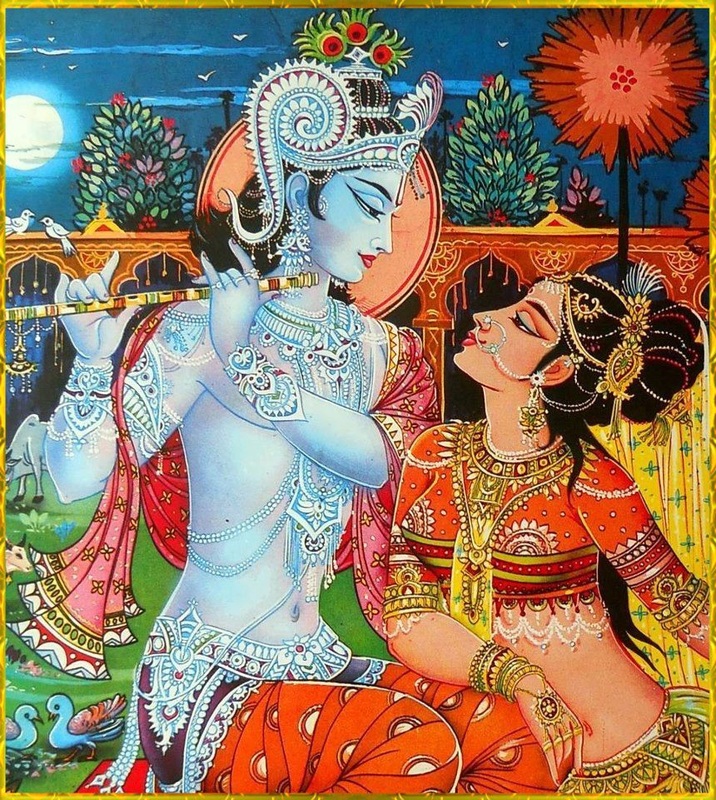
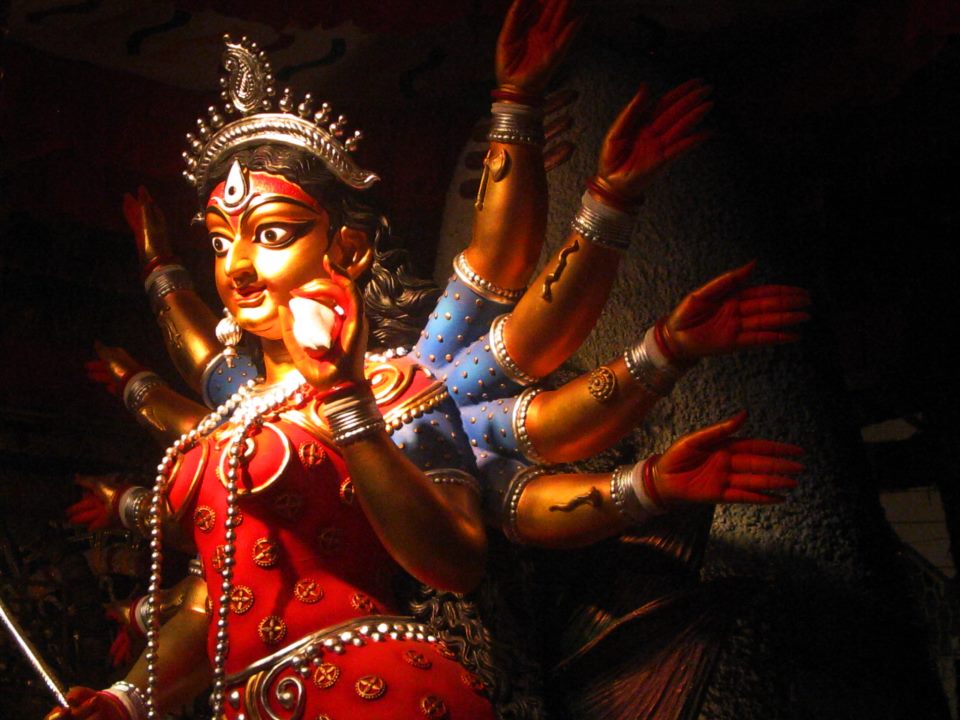
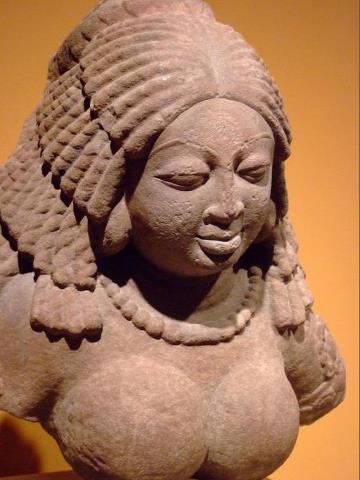
 RSS Feed
RSS Feed
